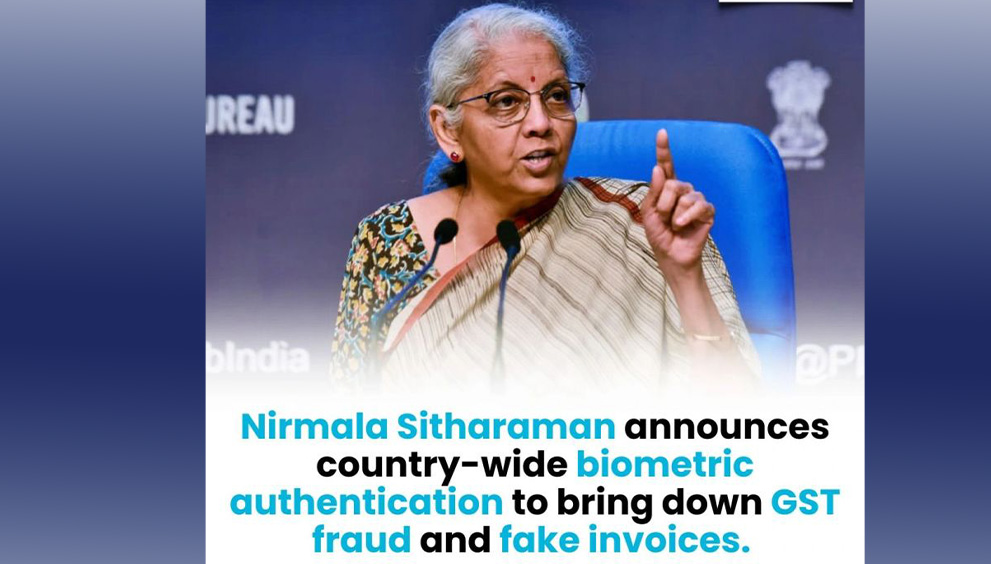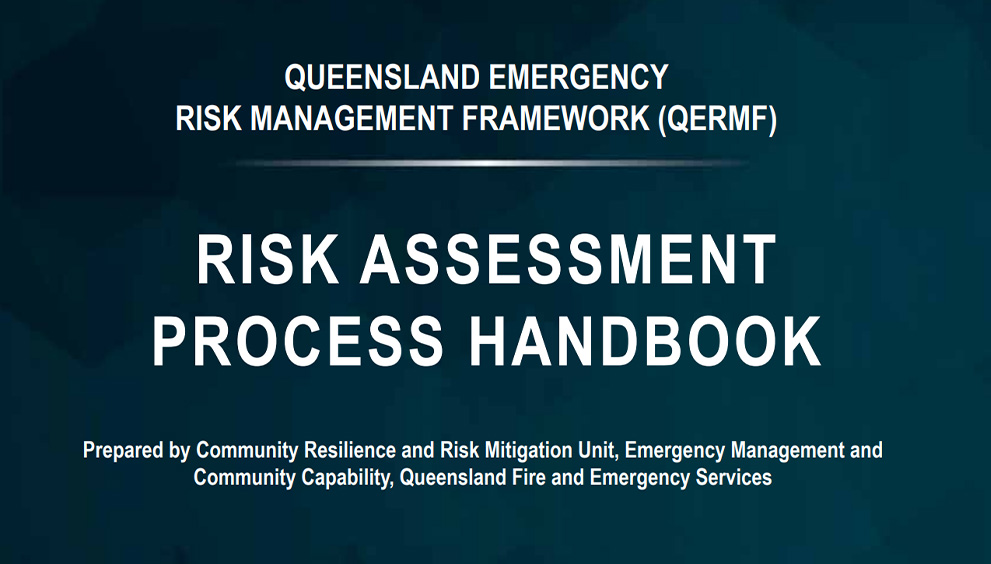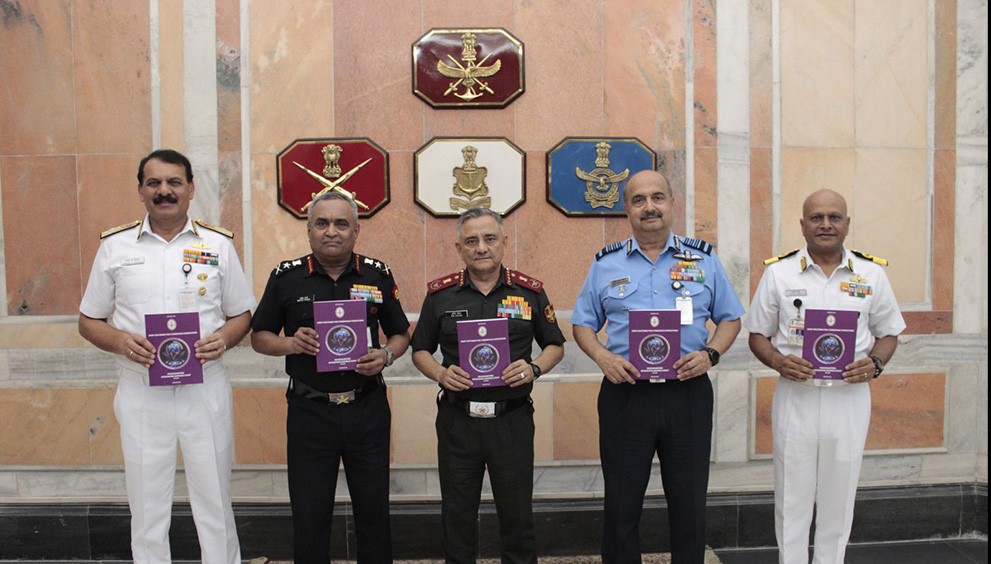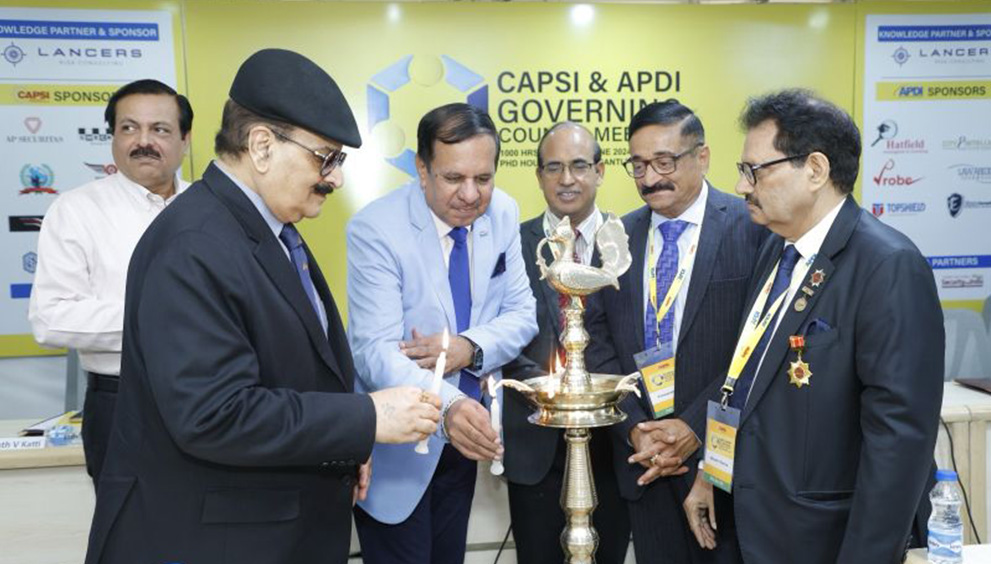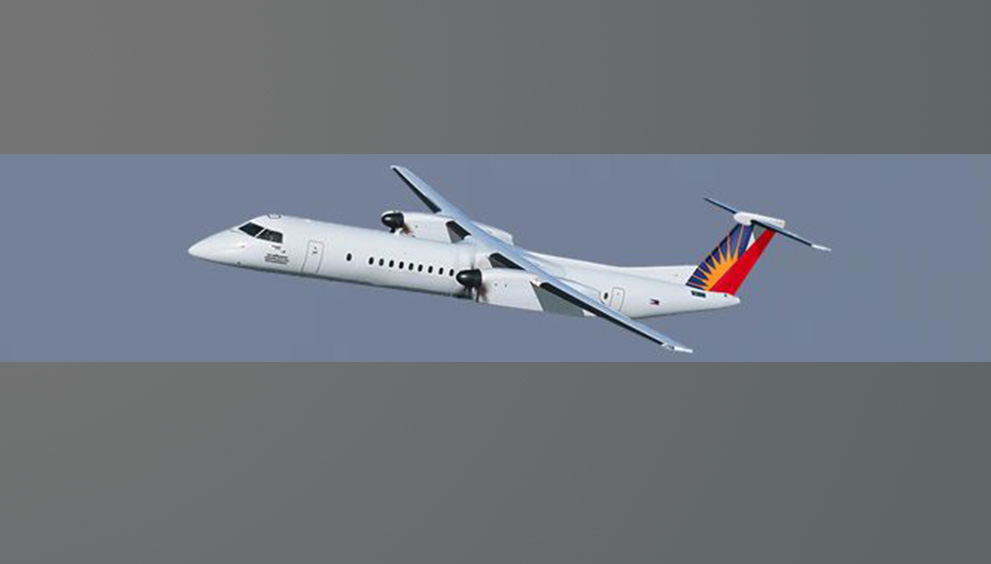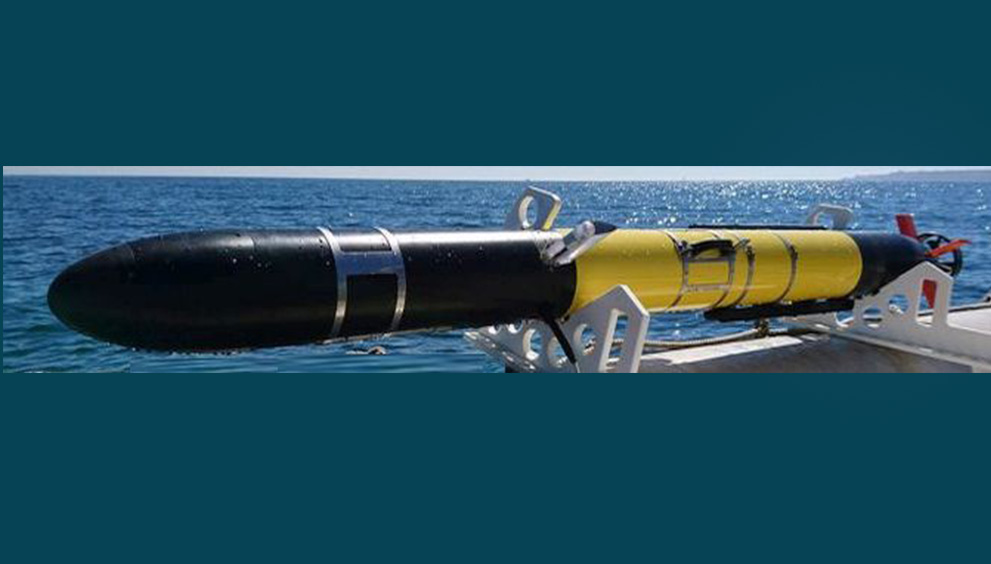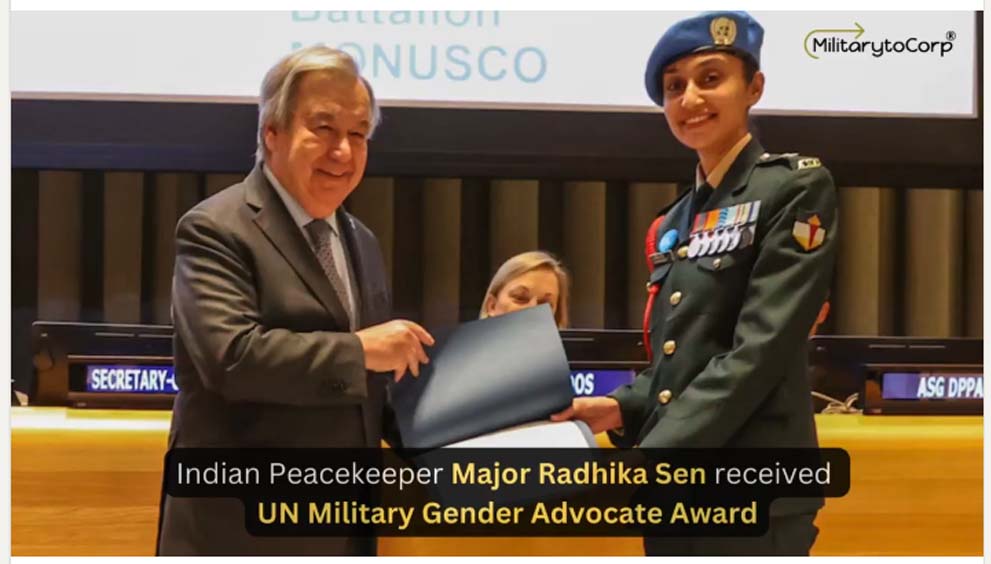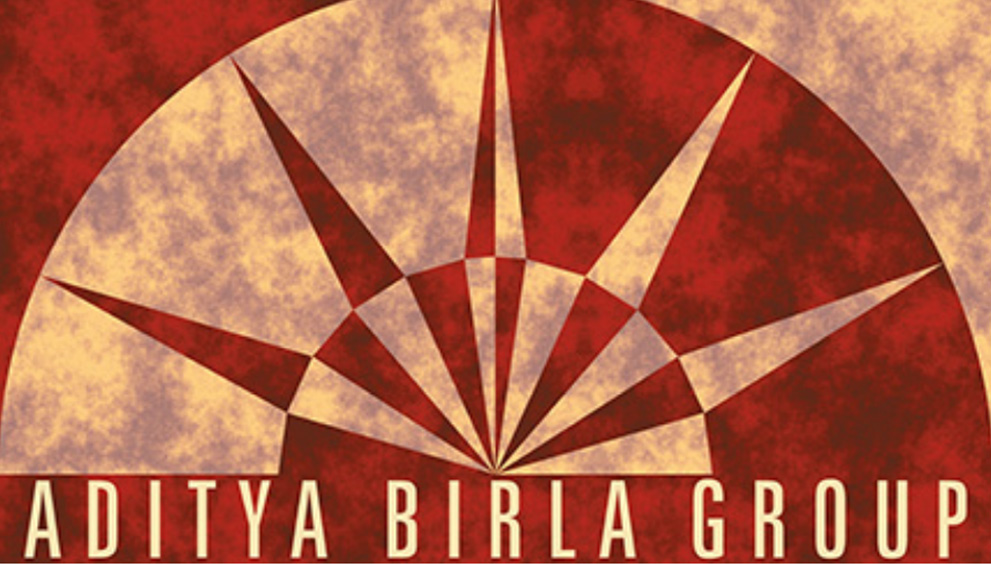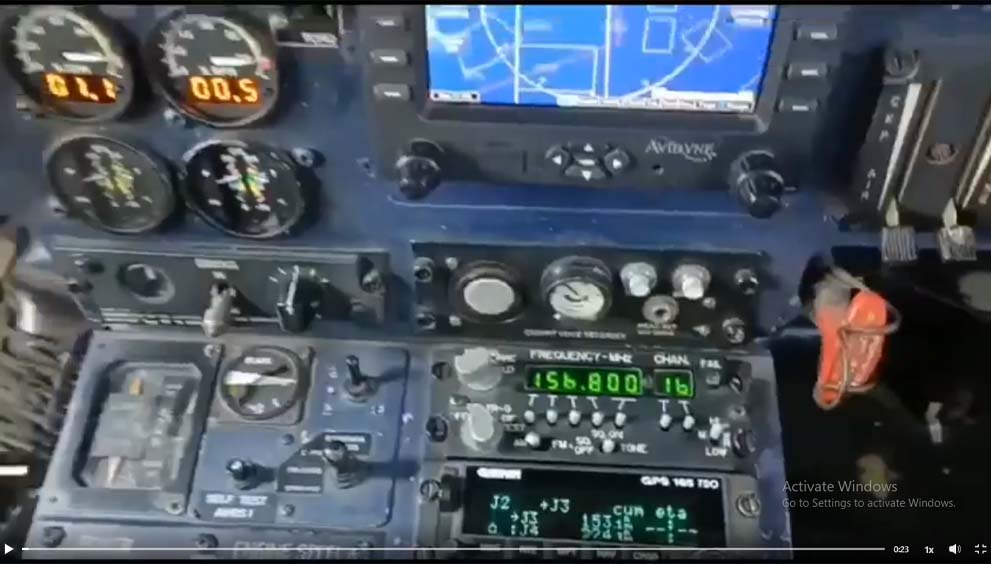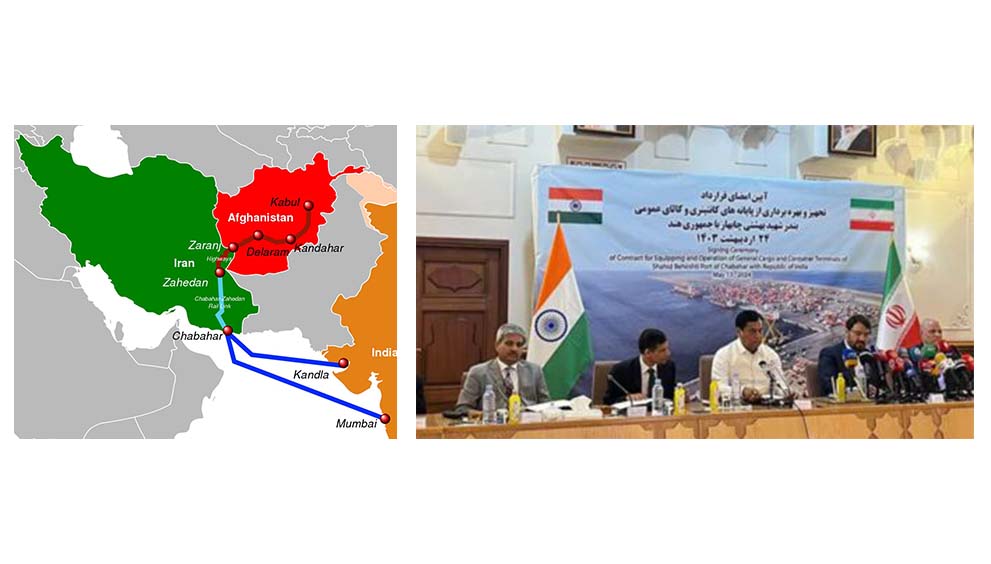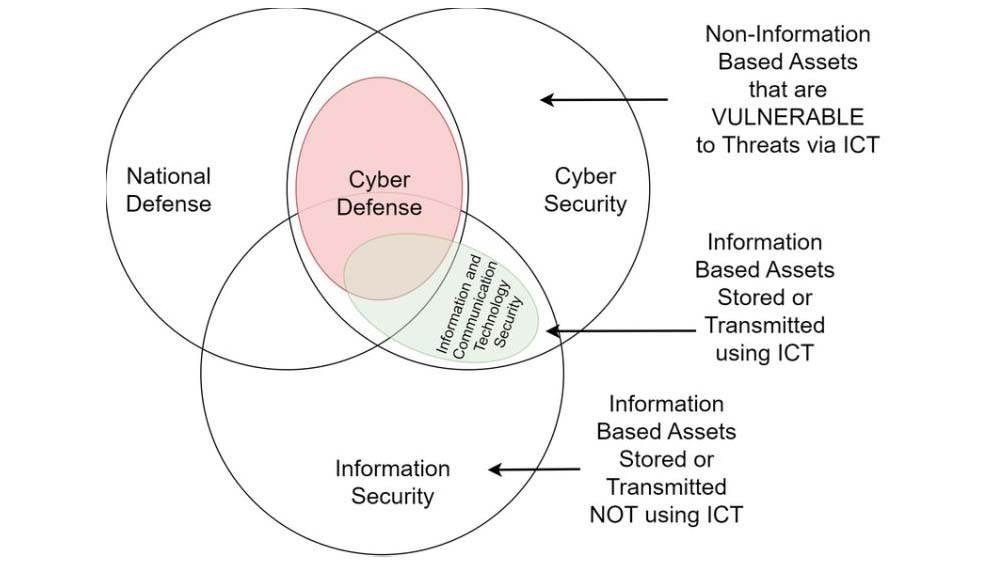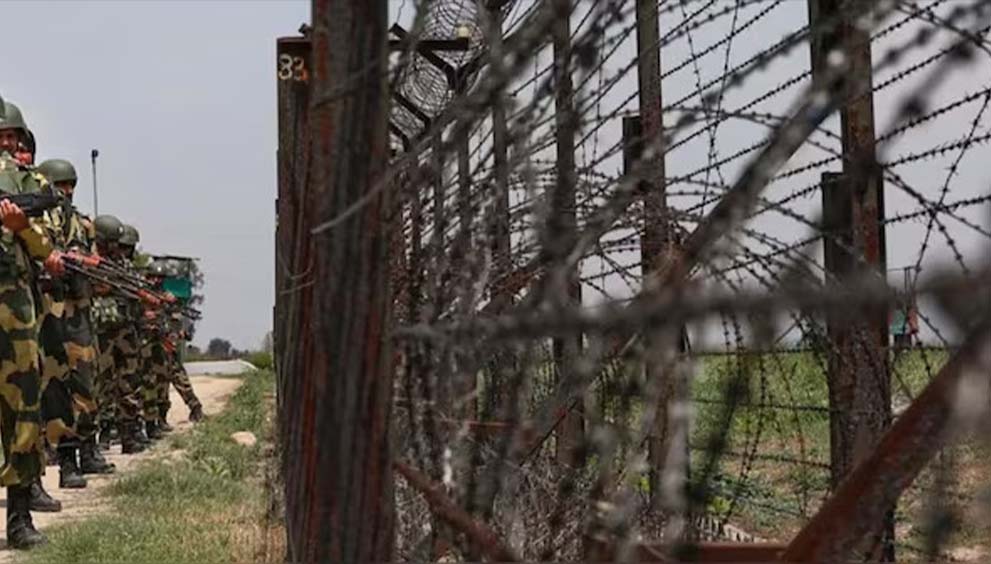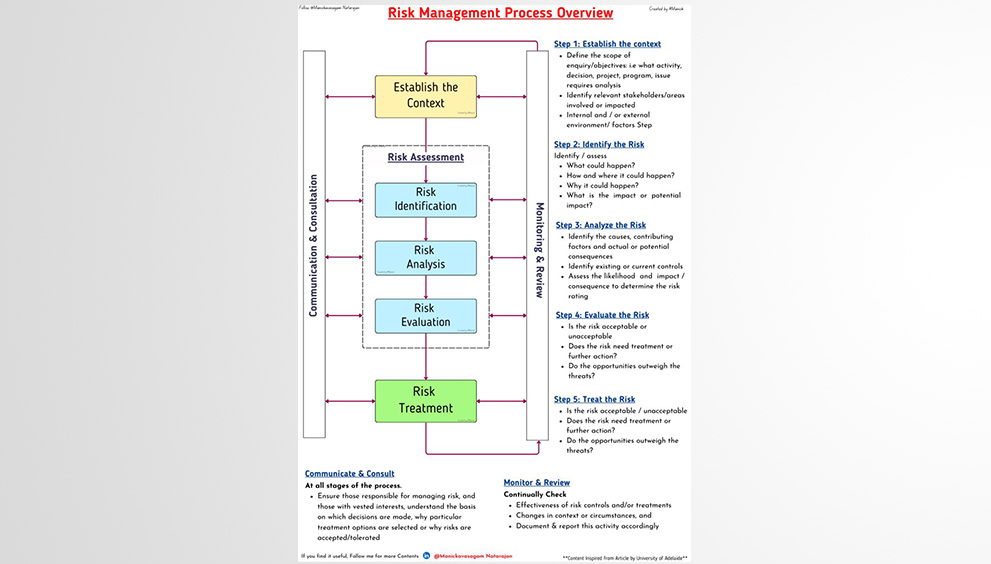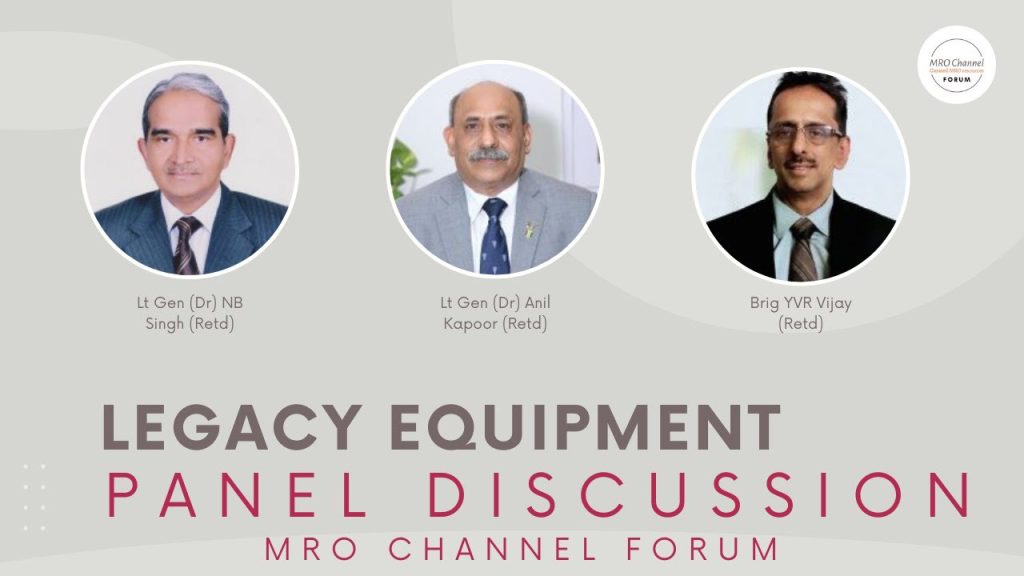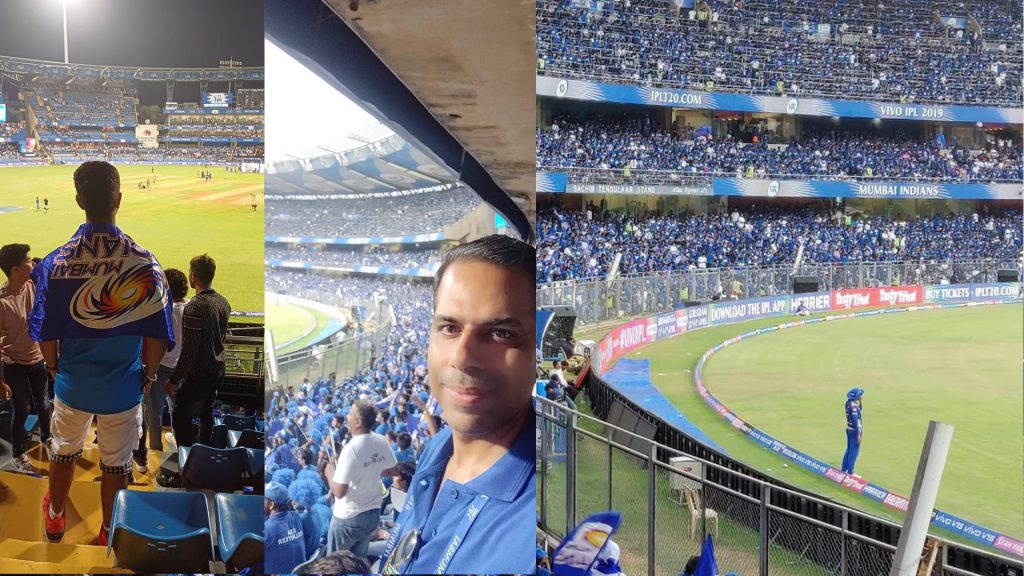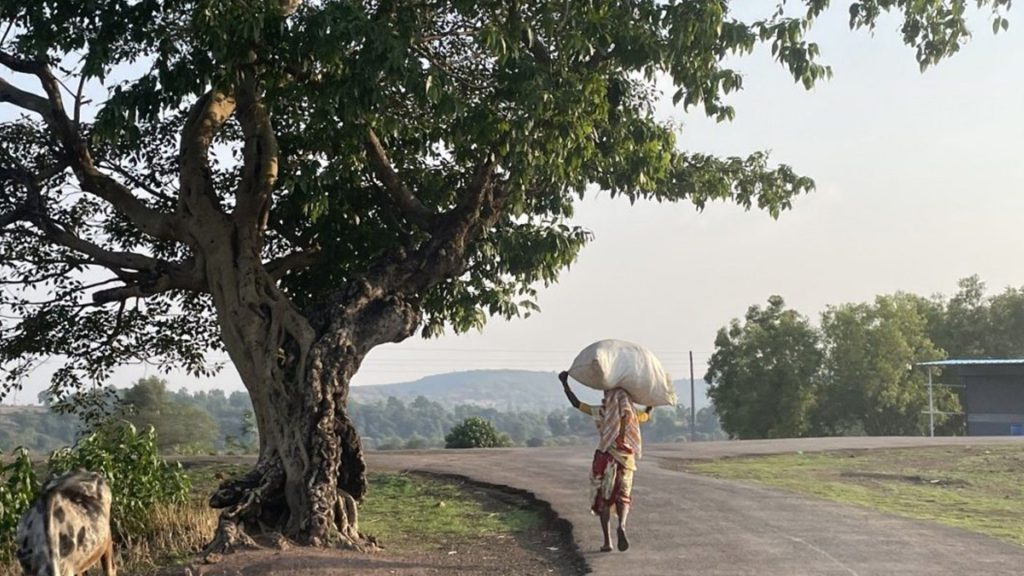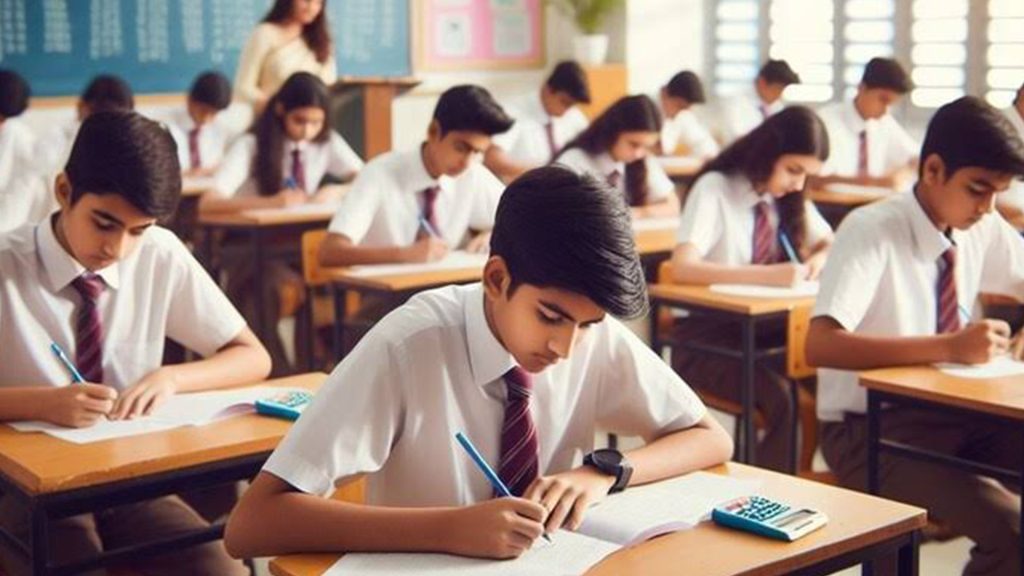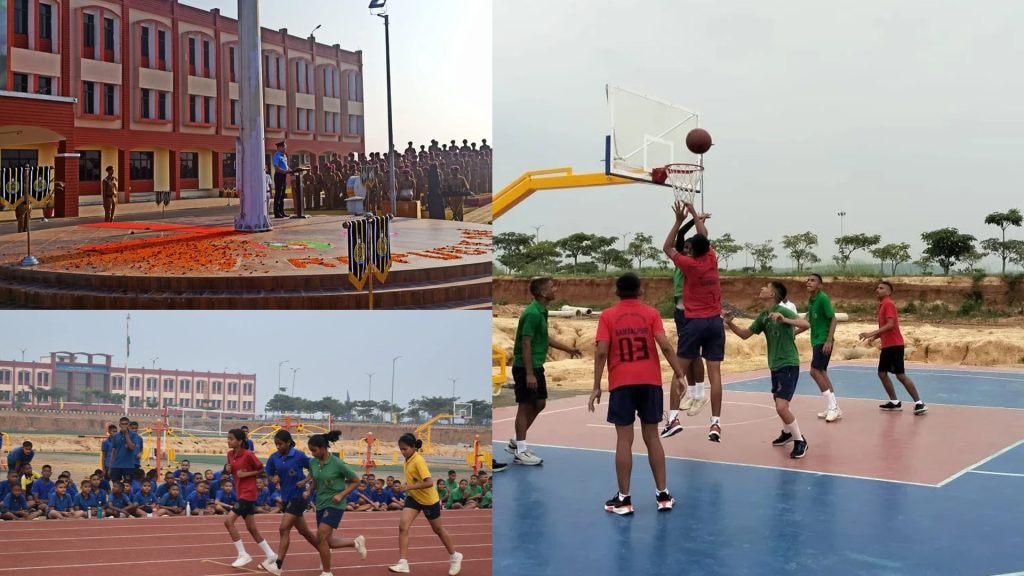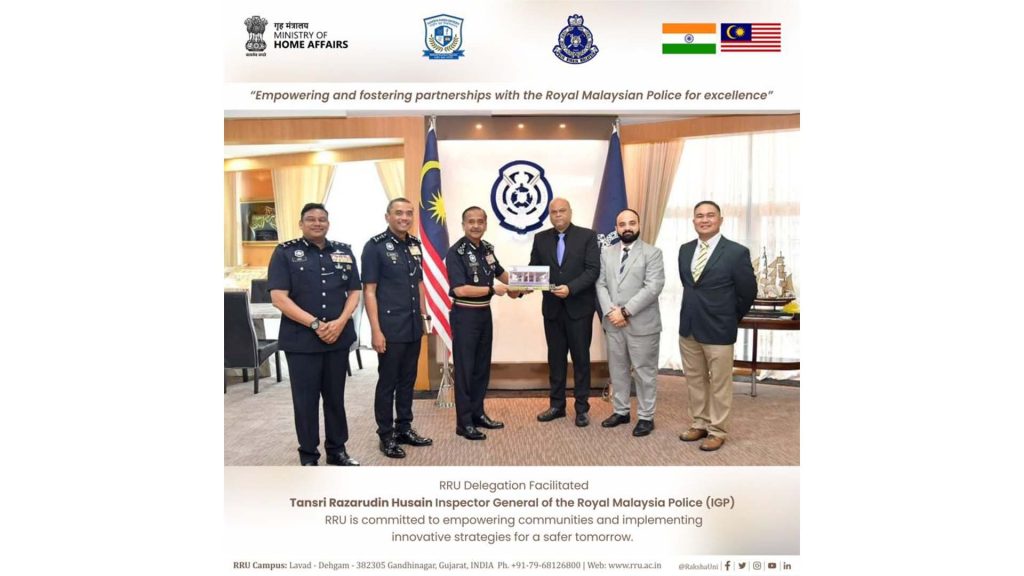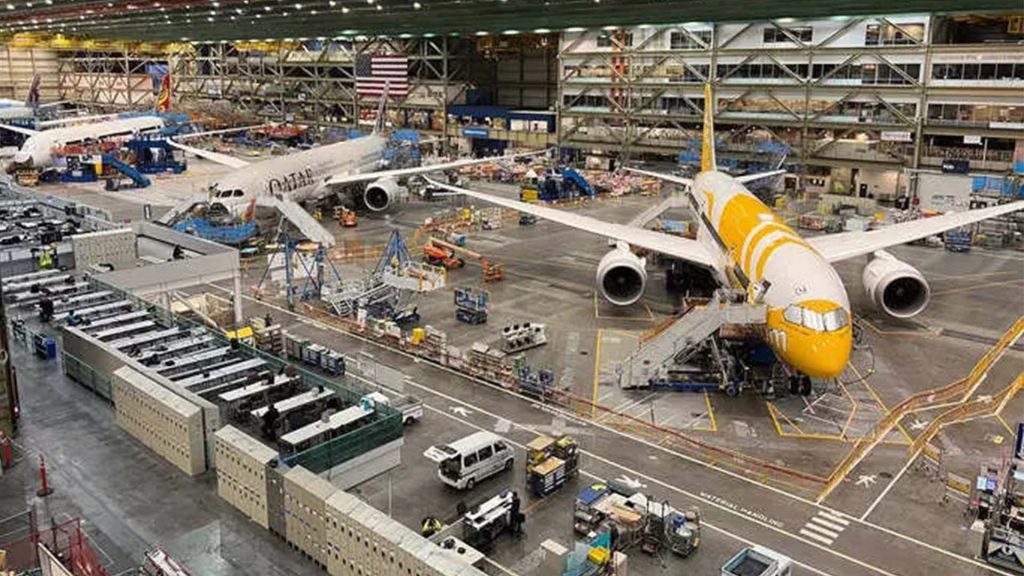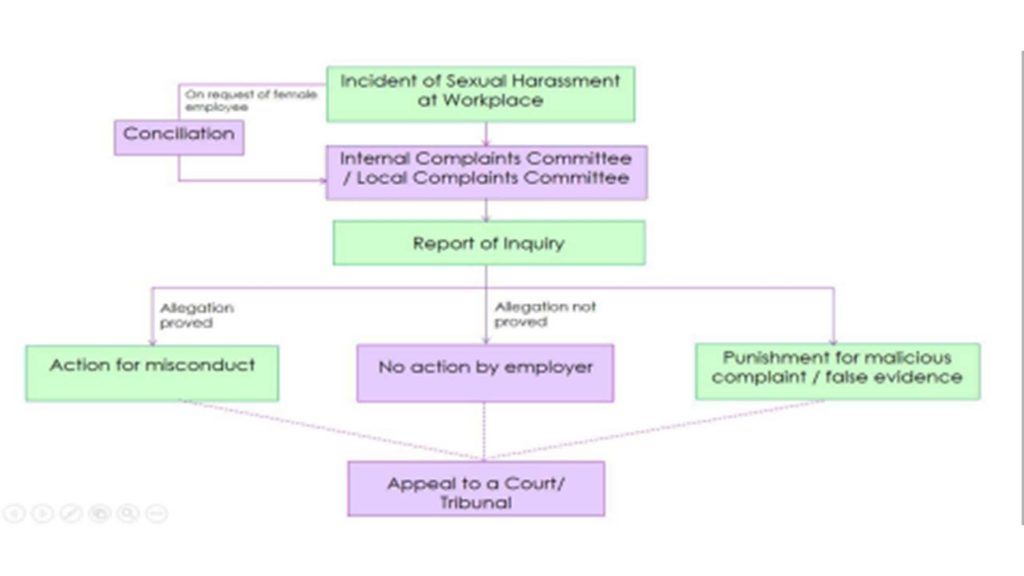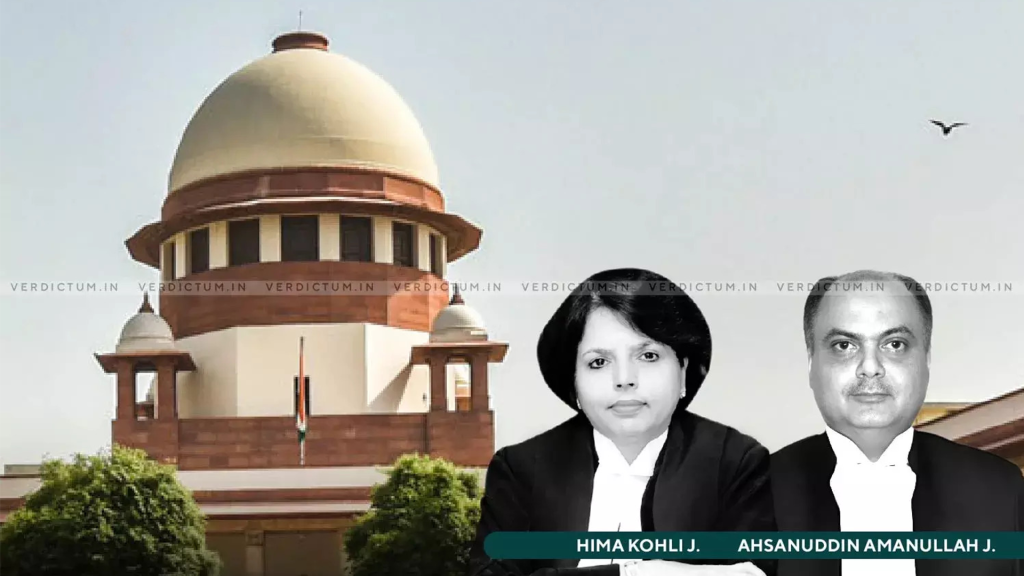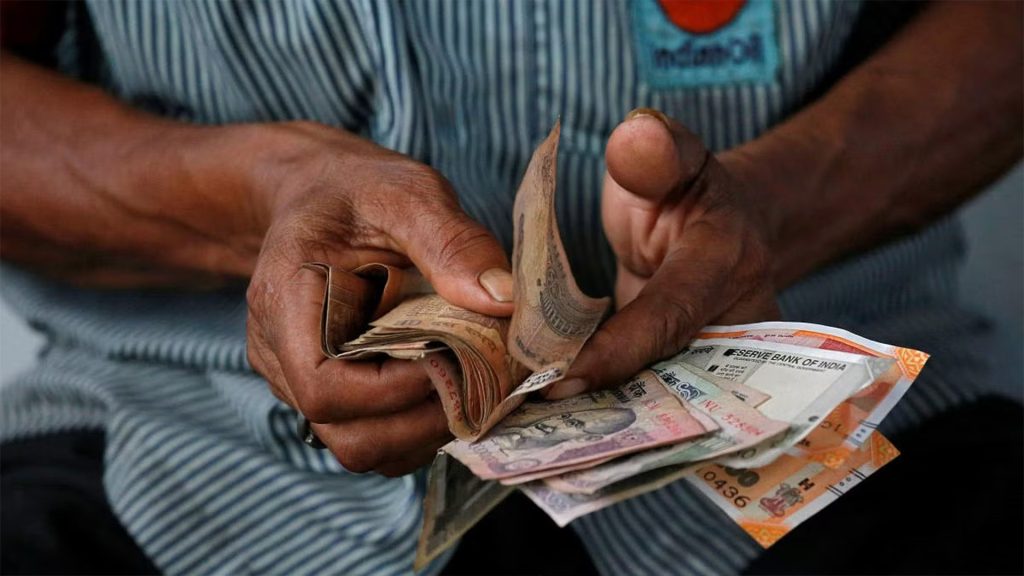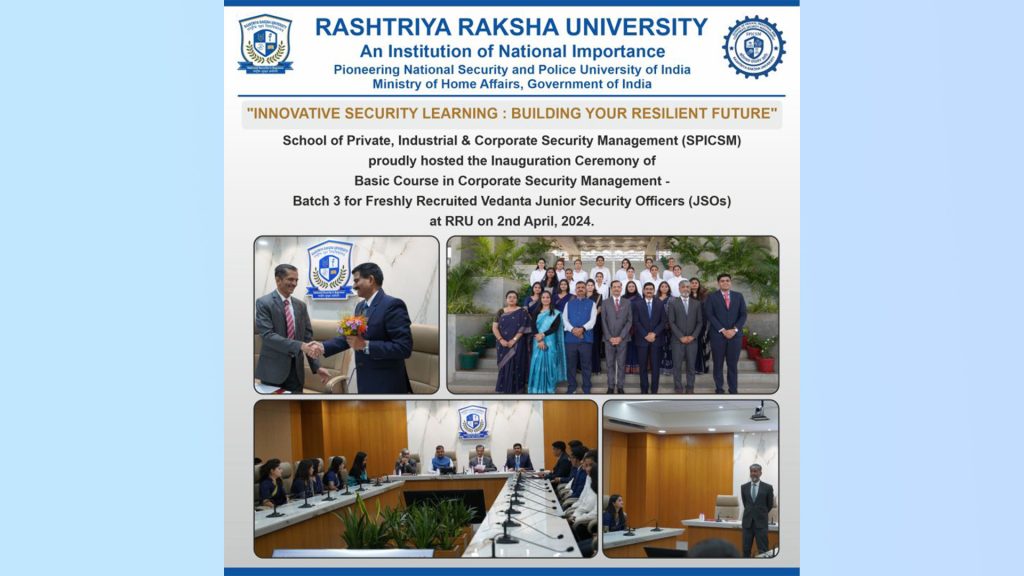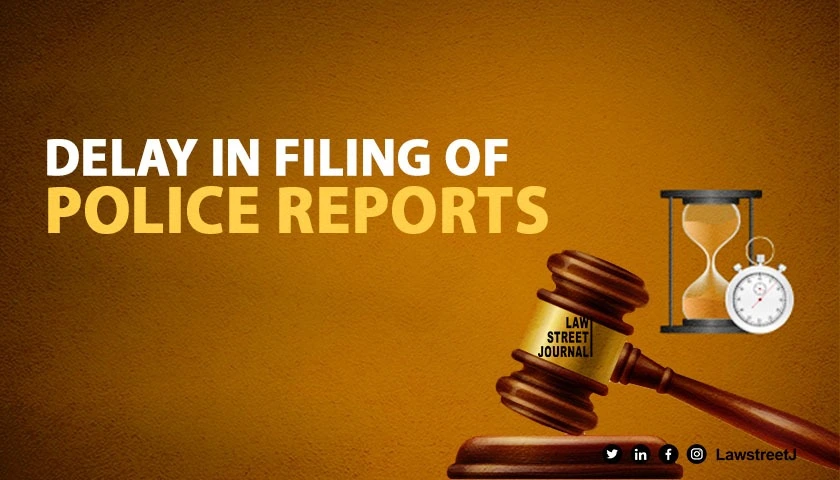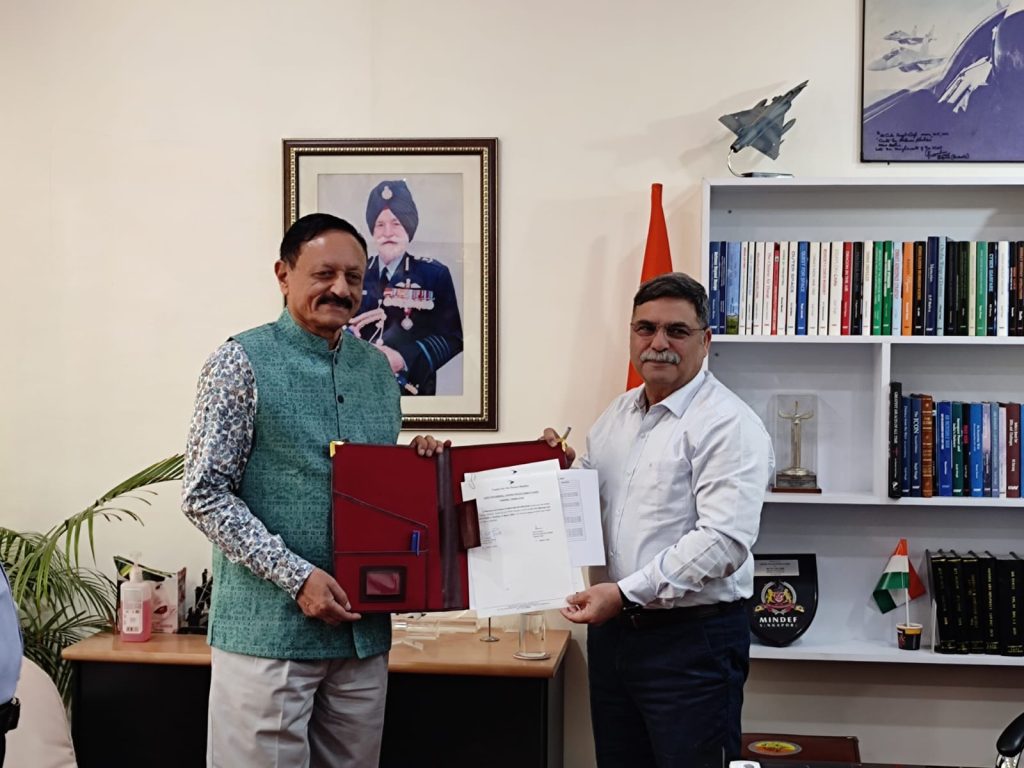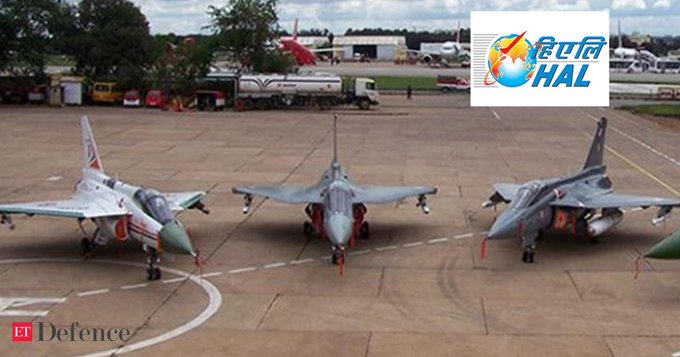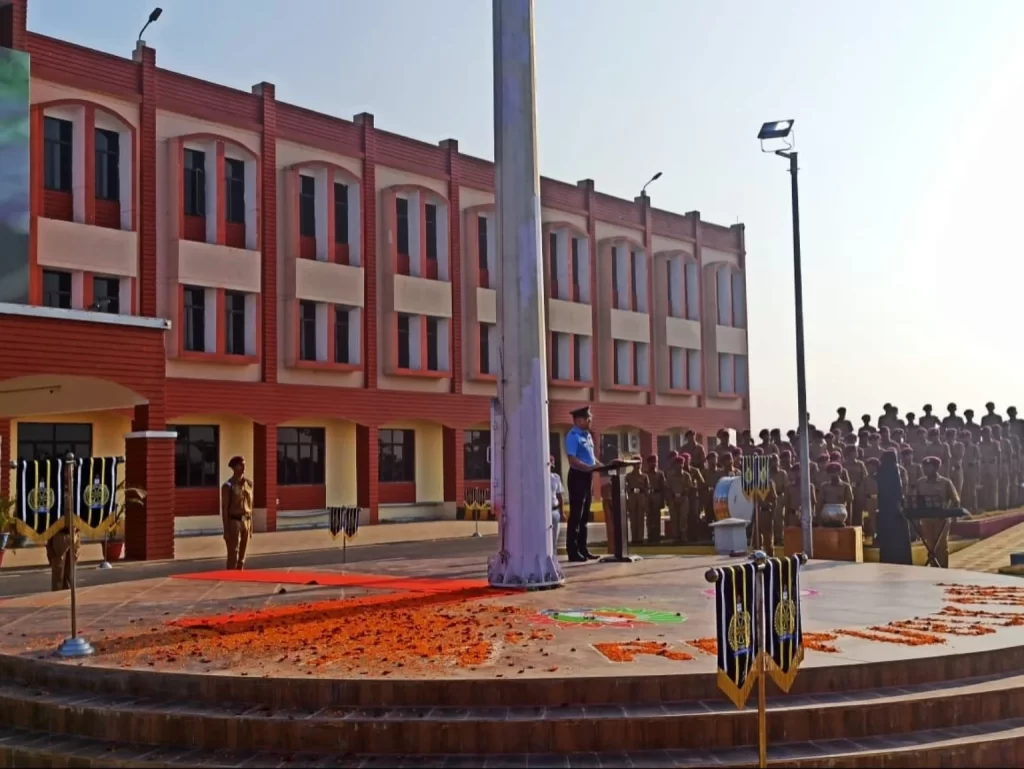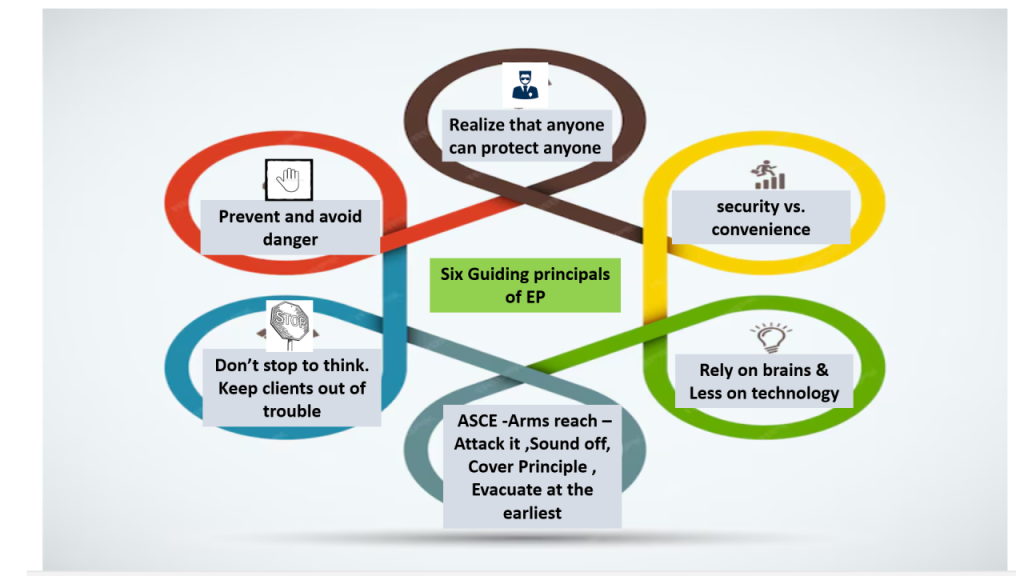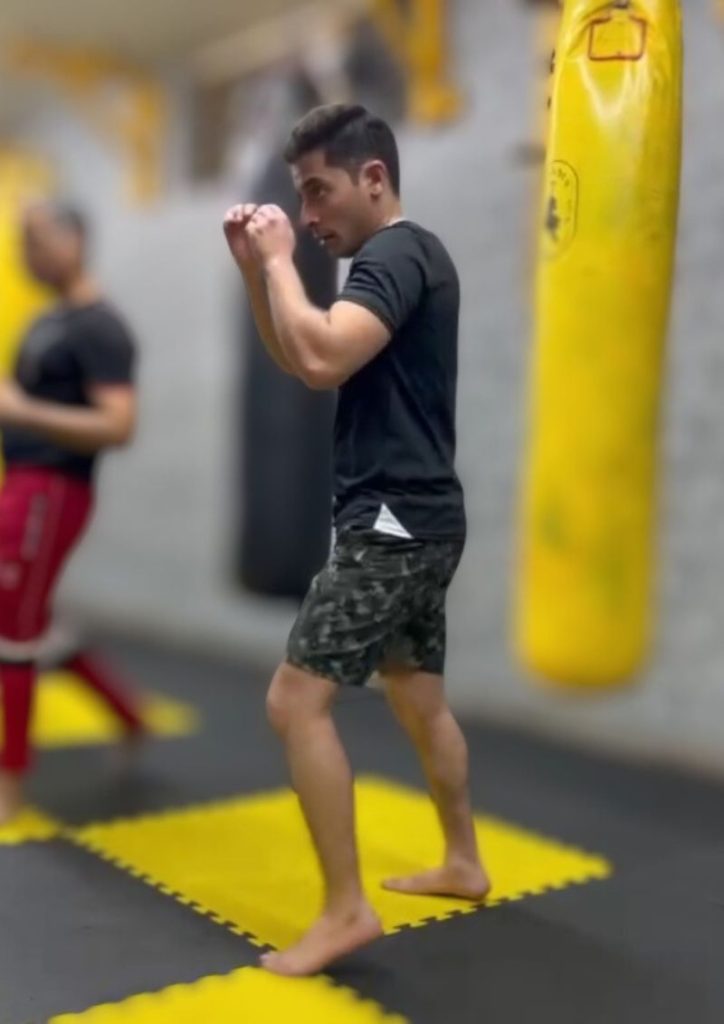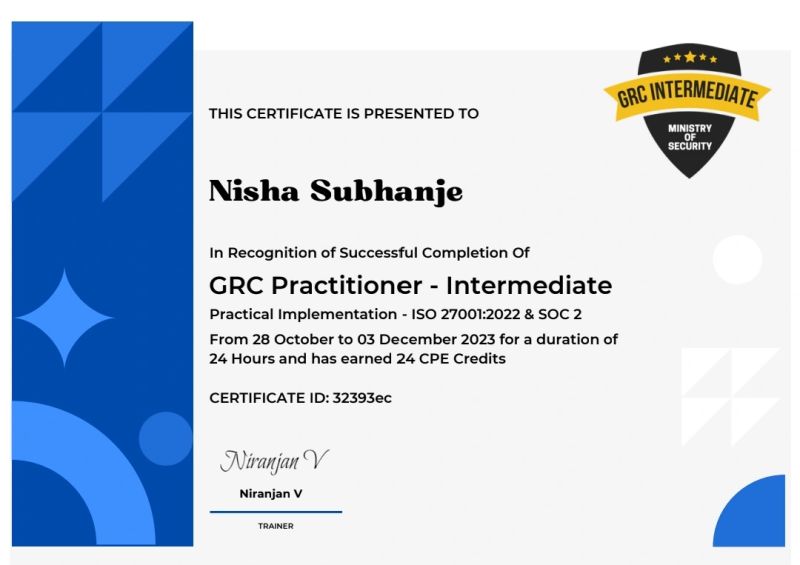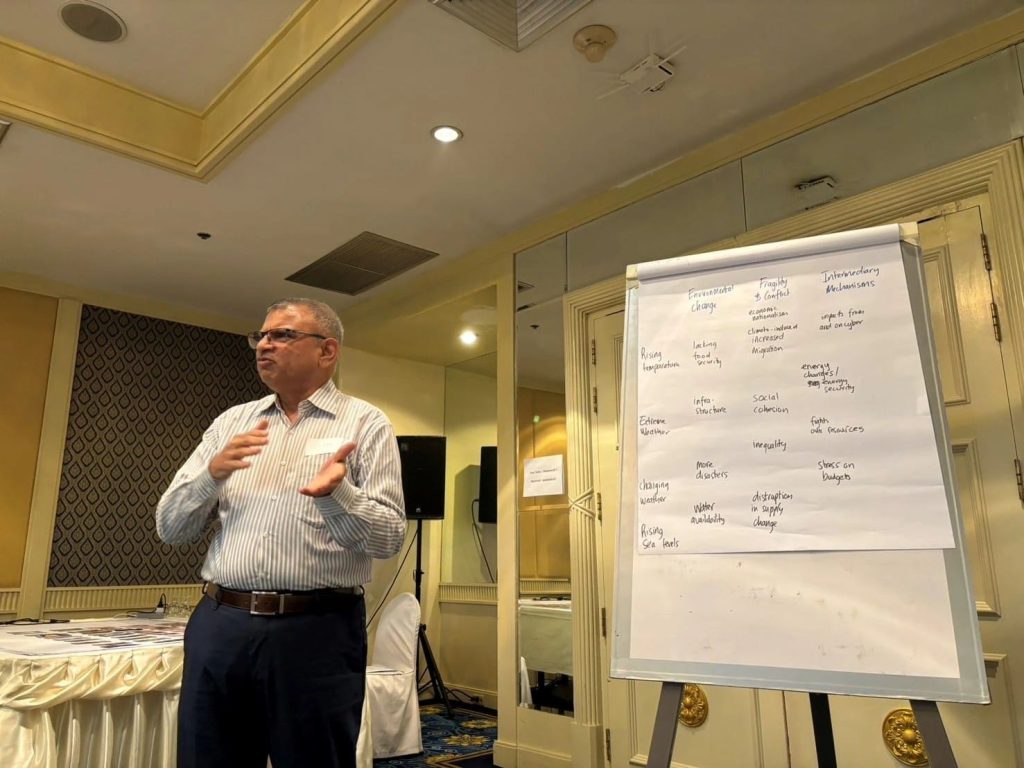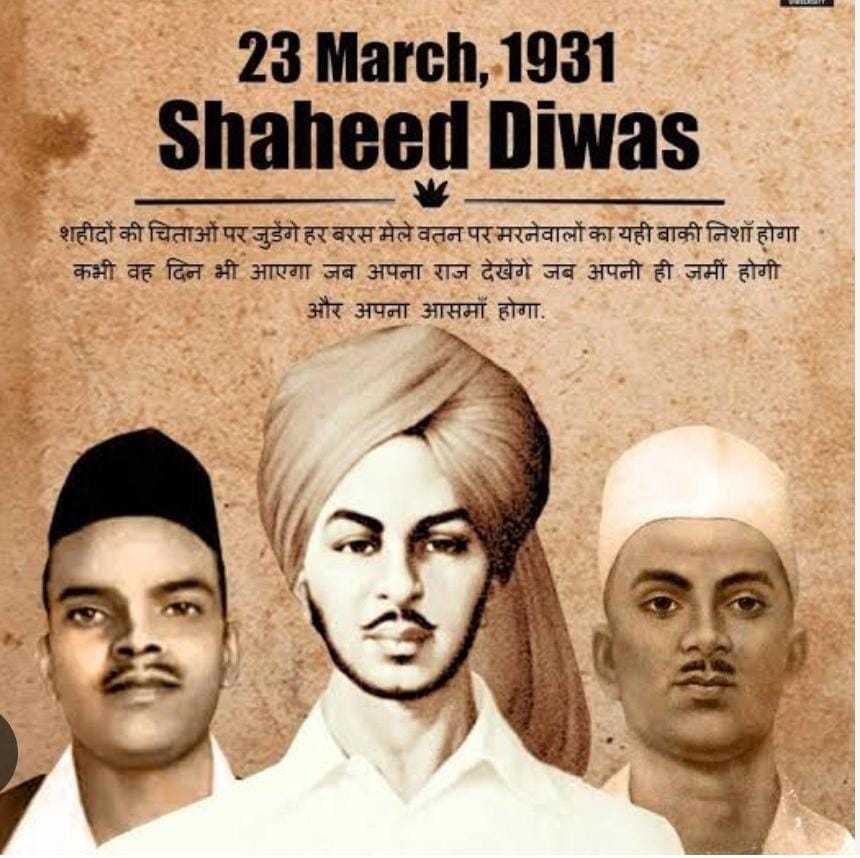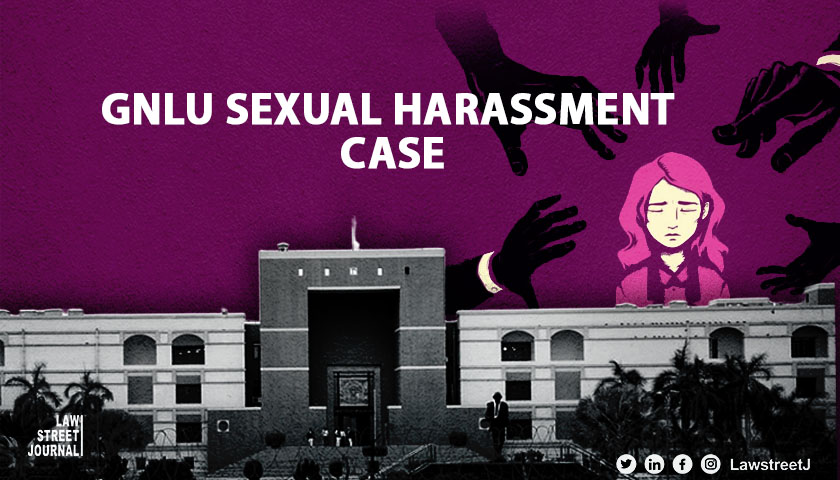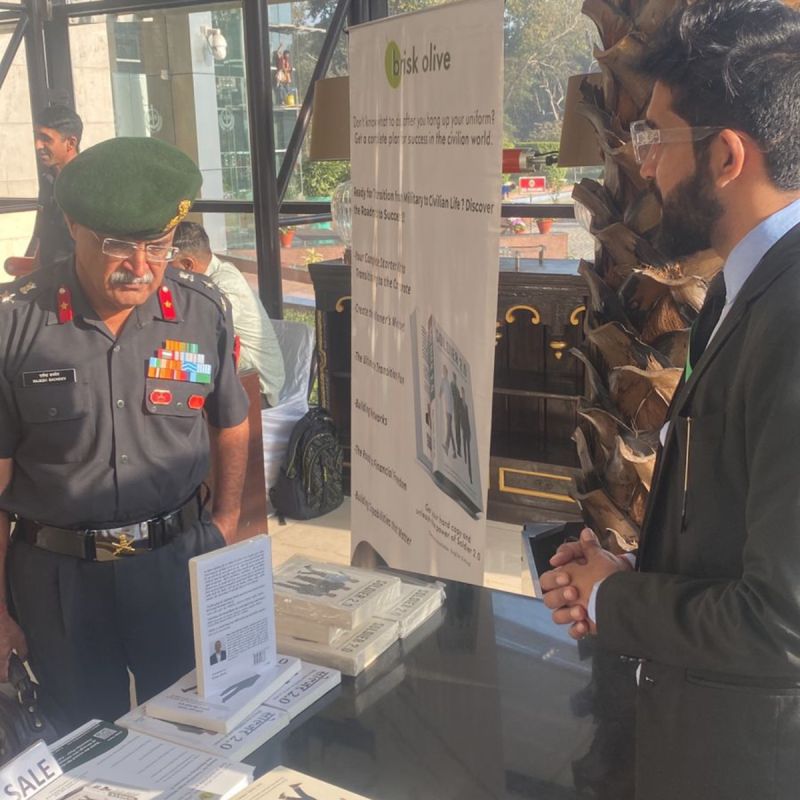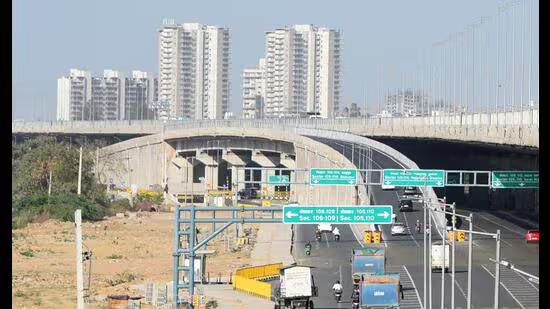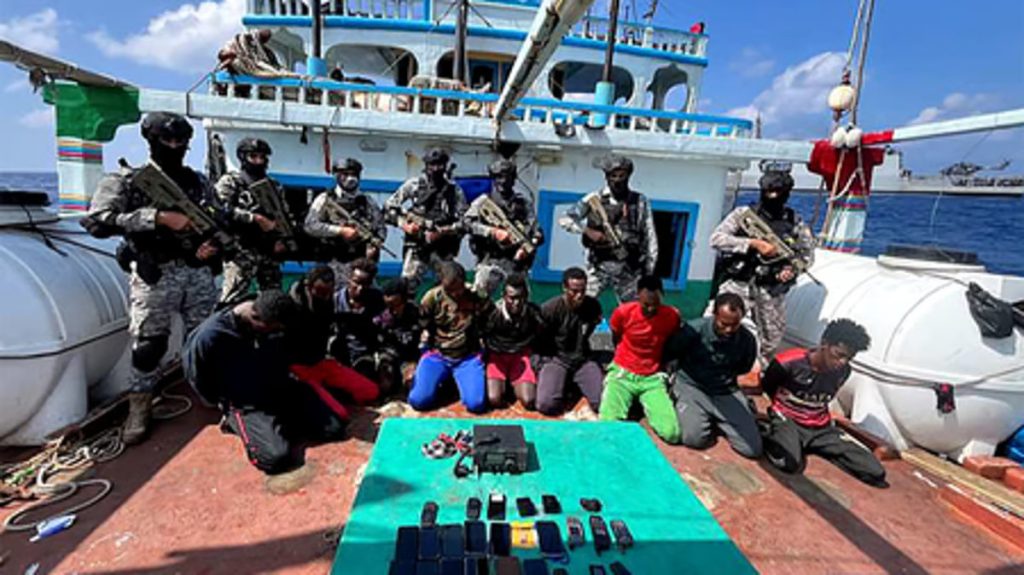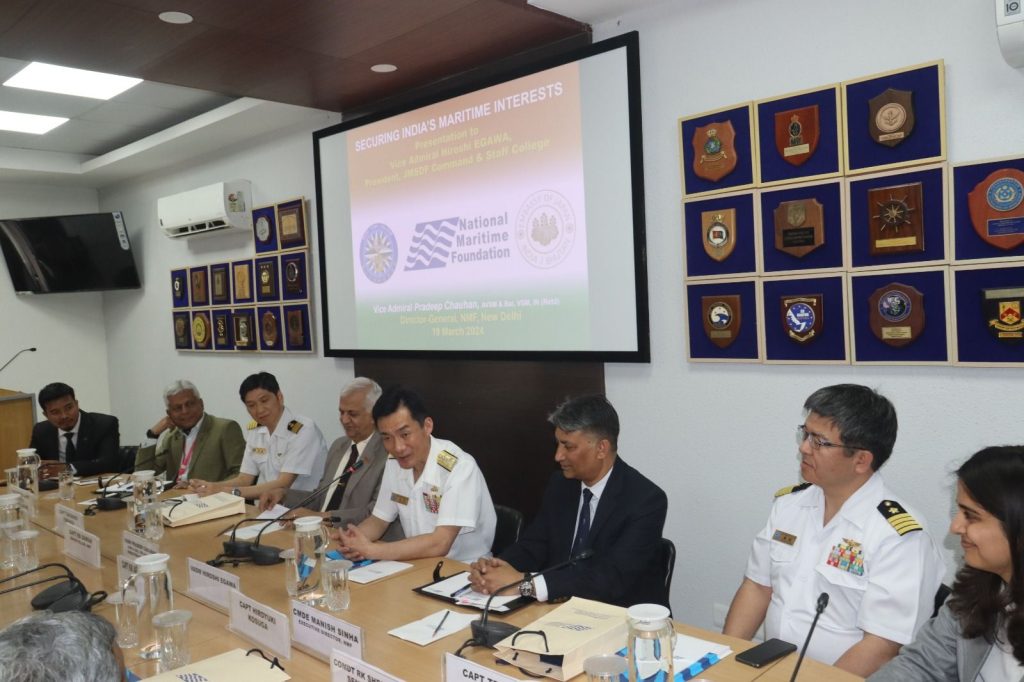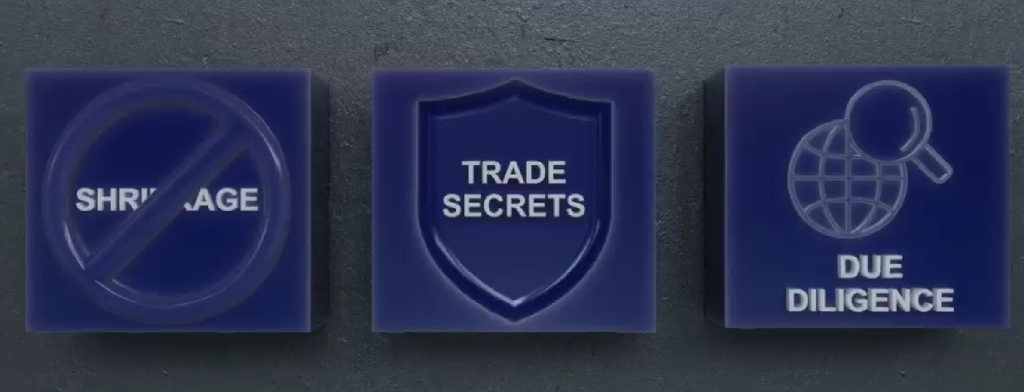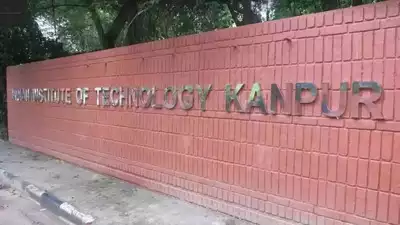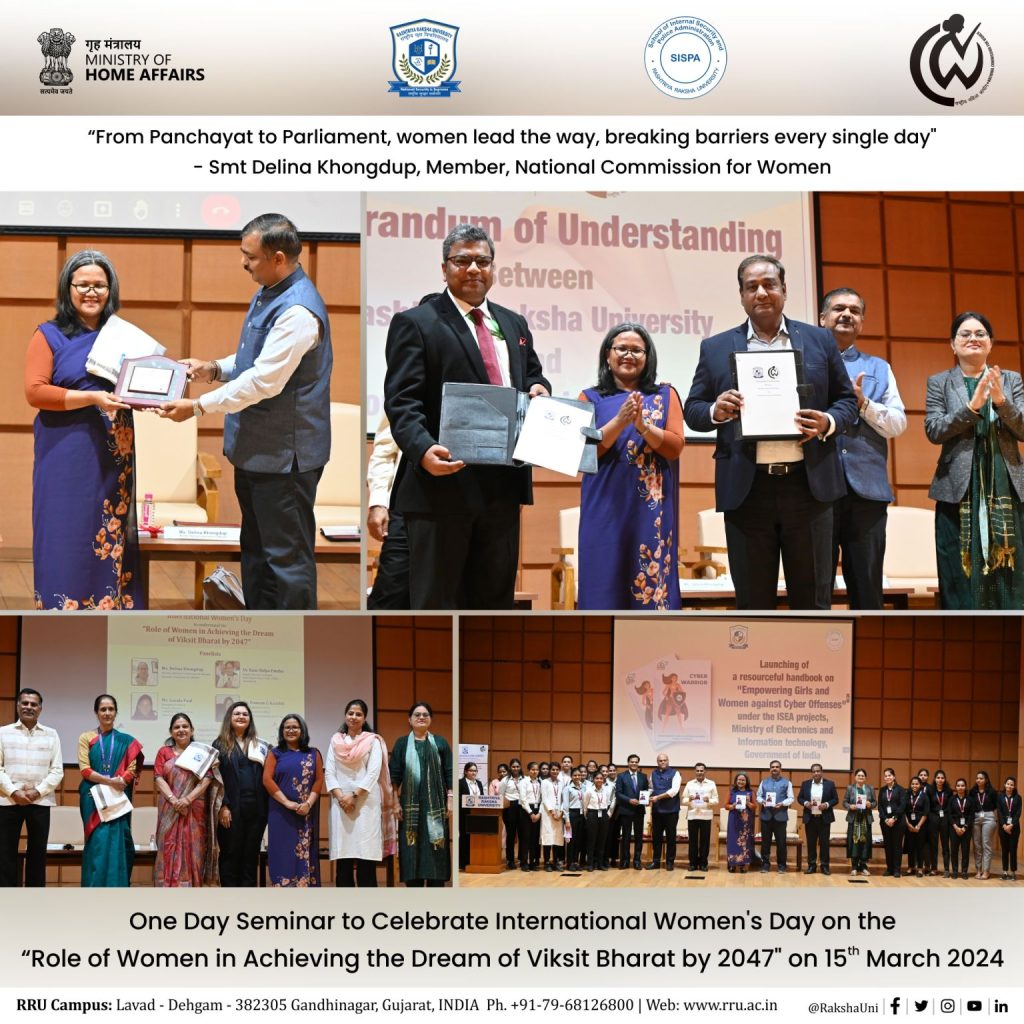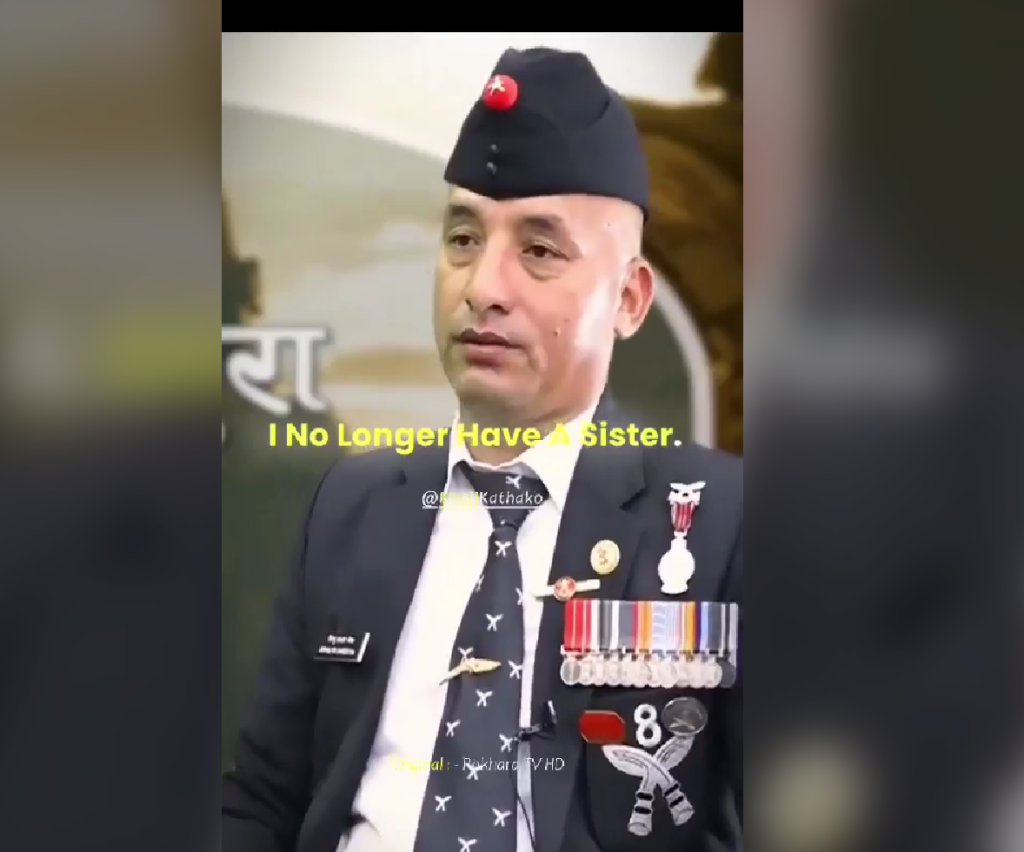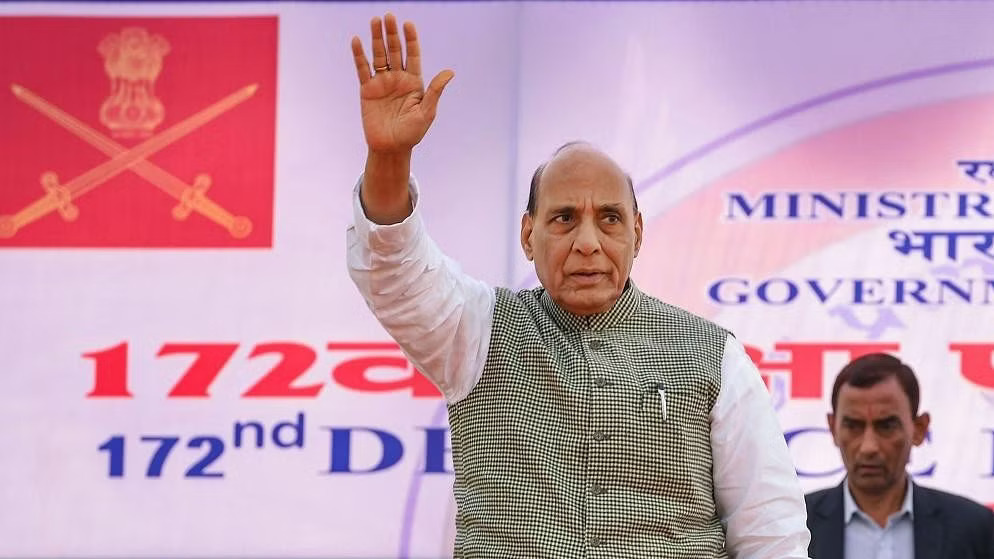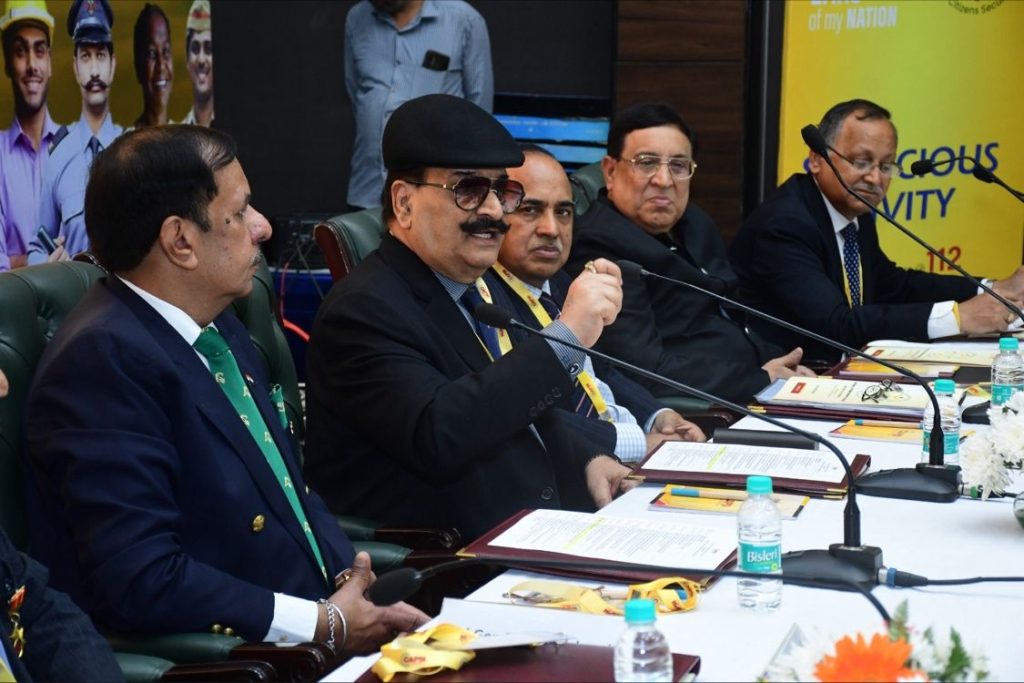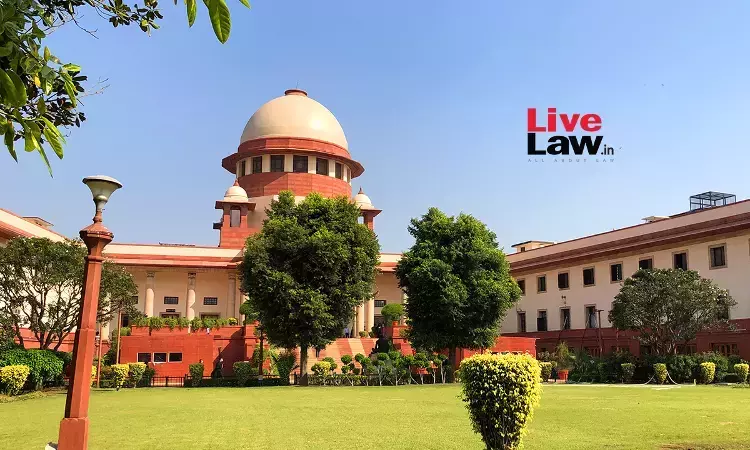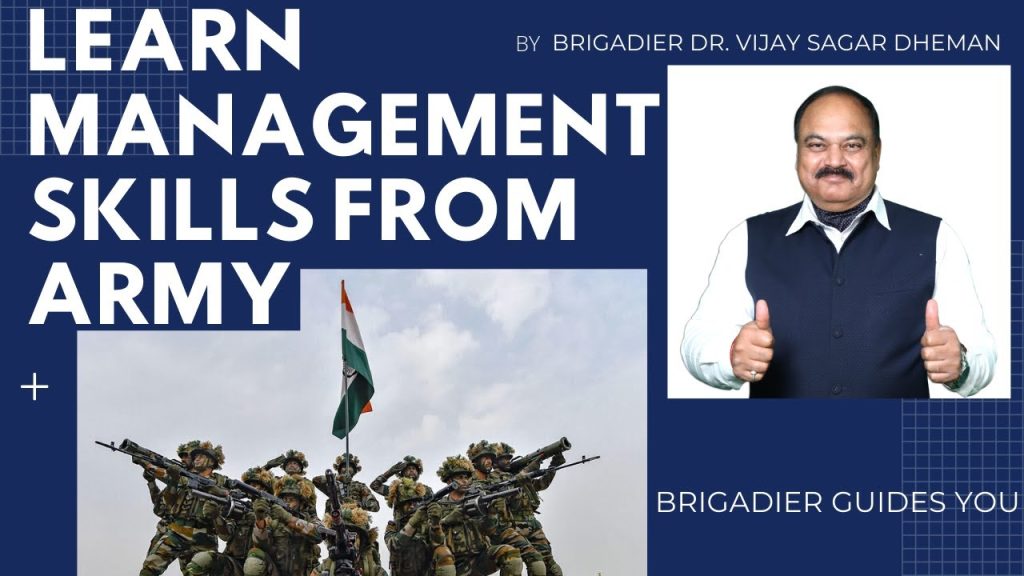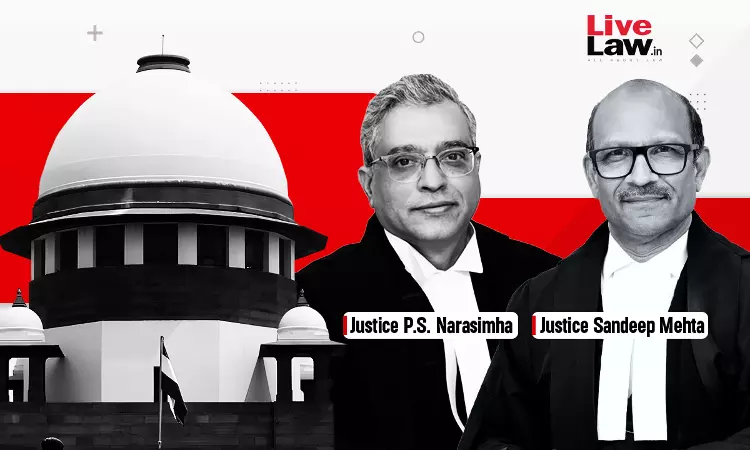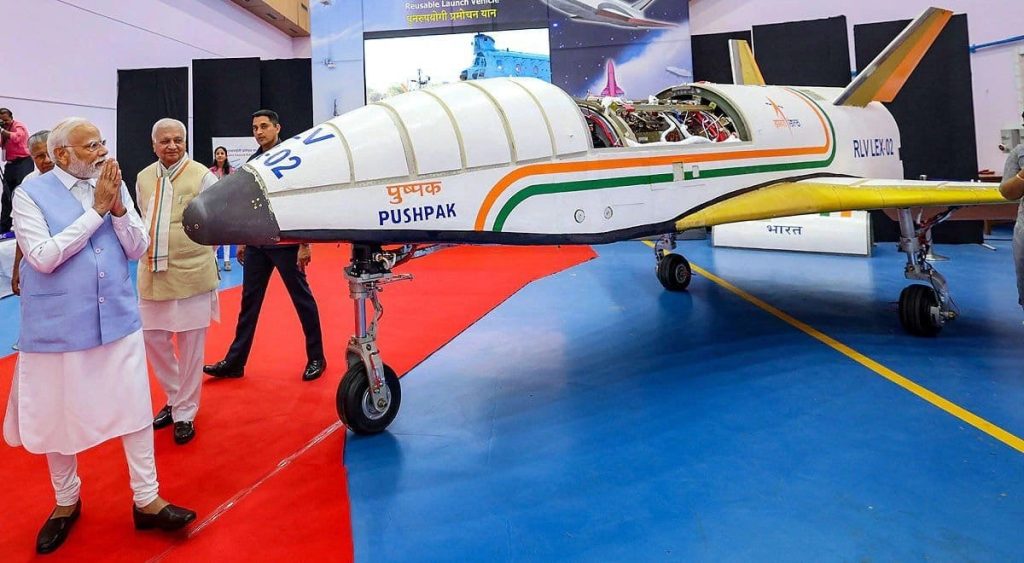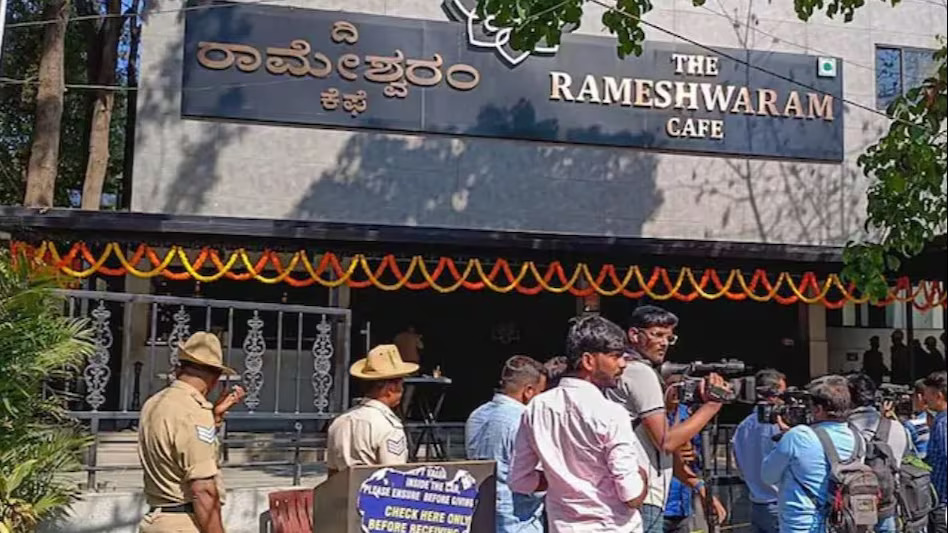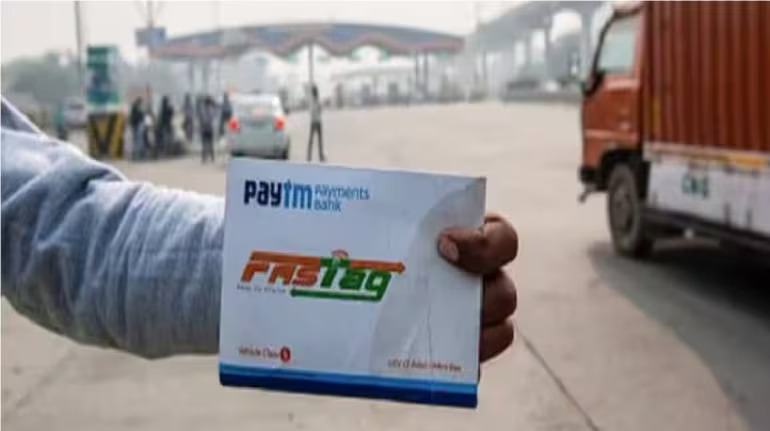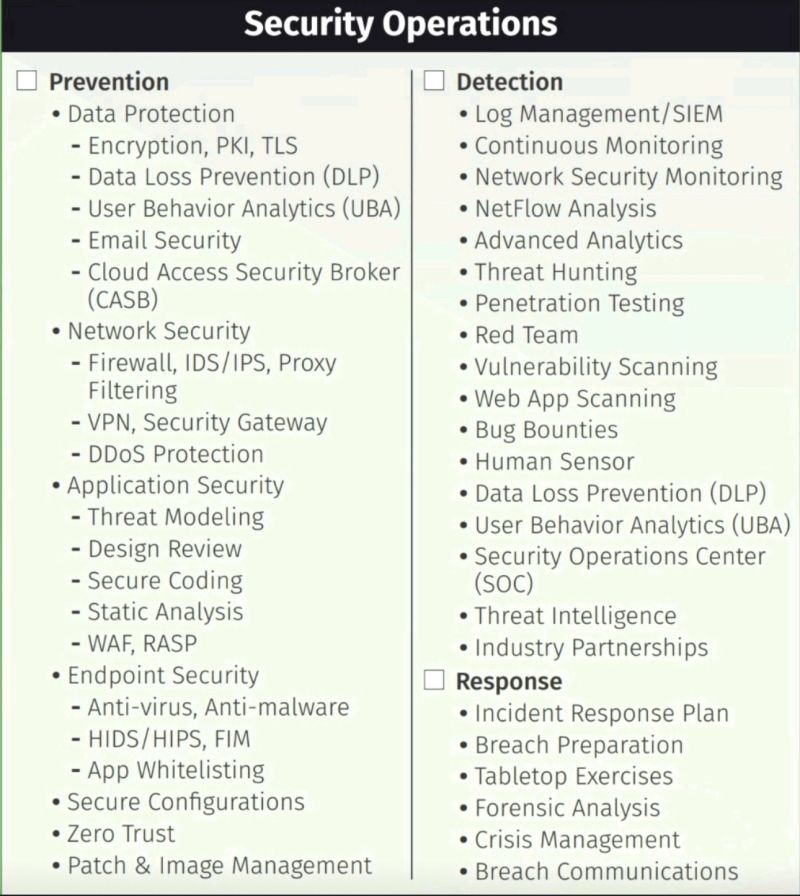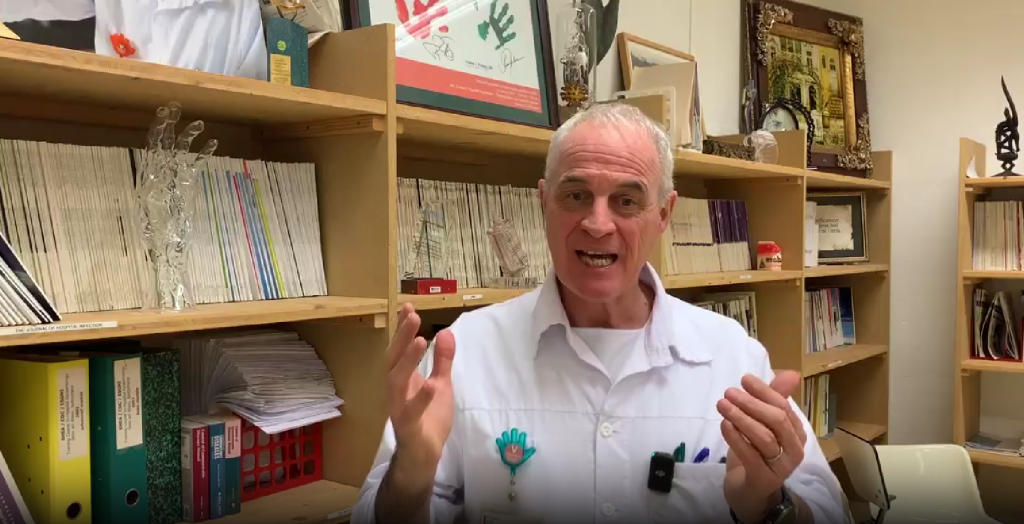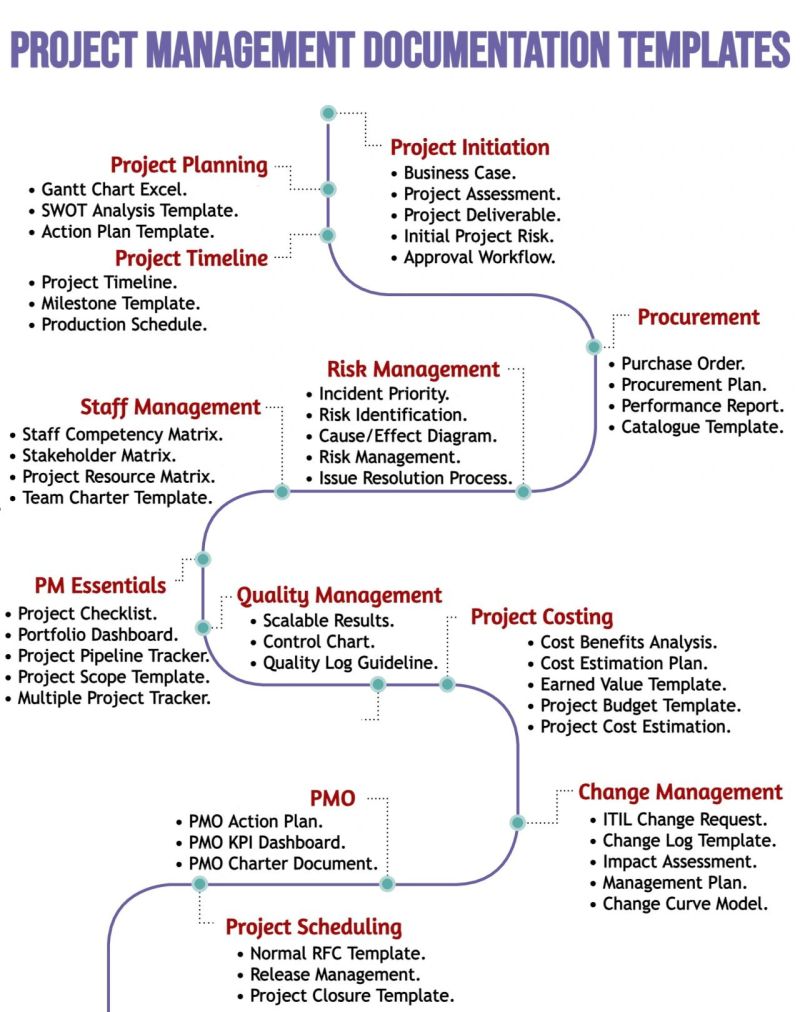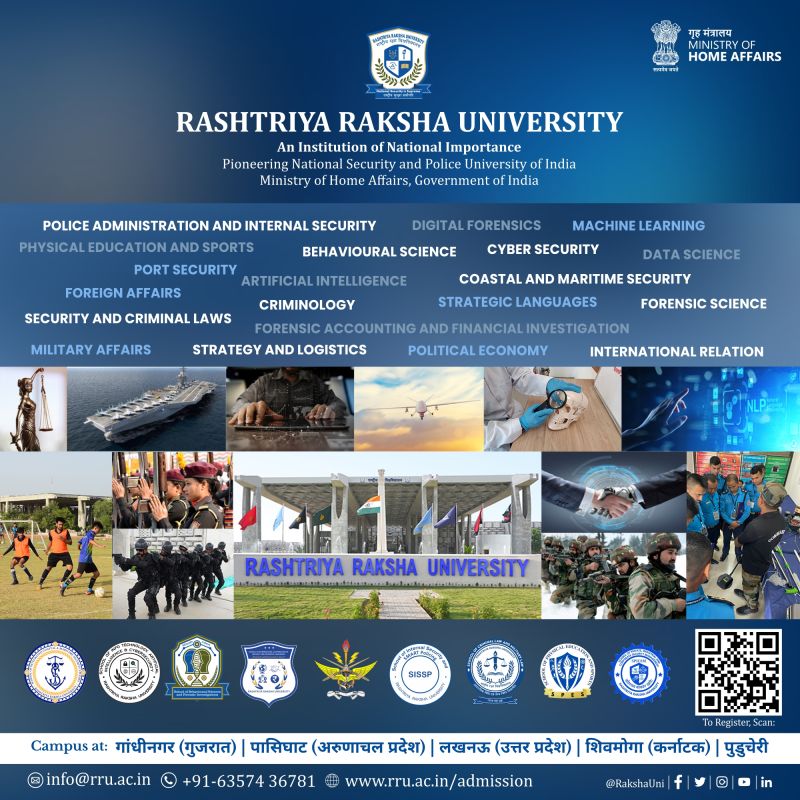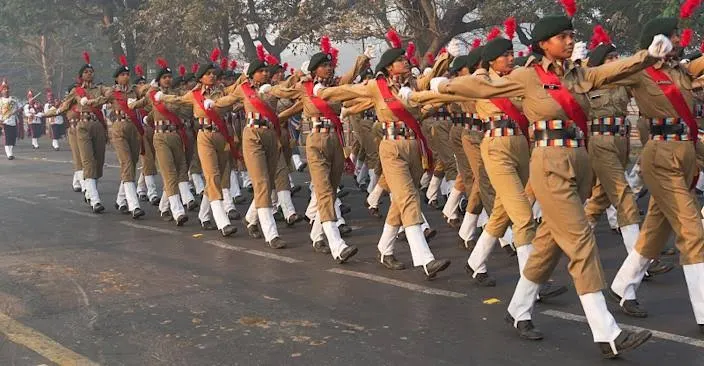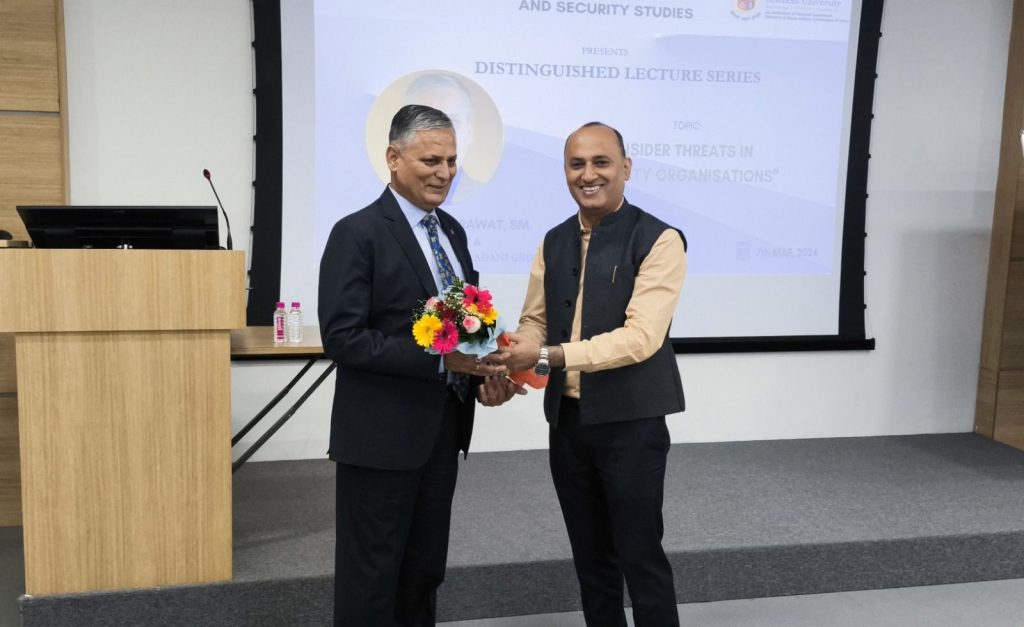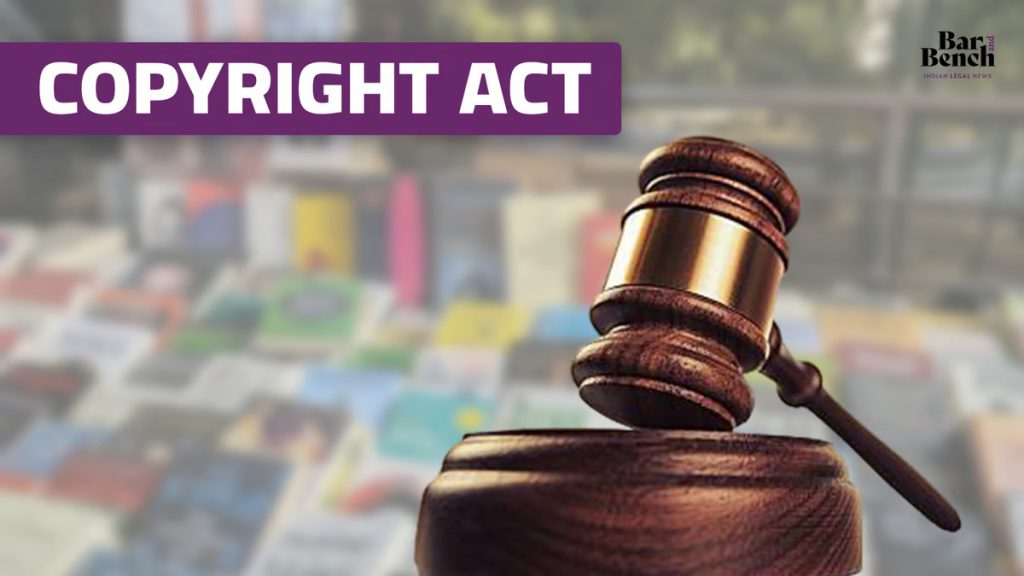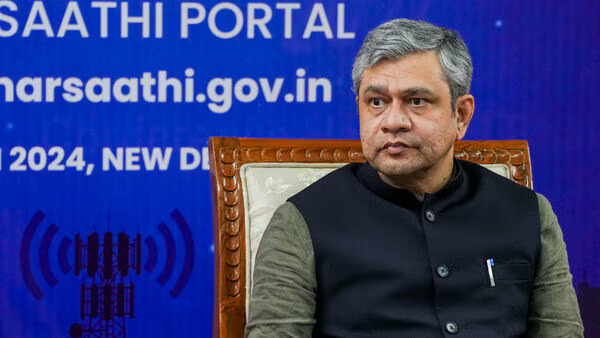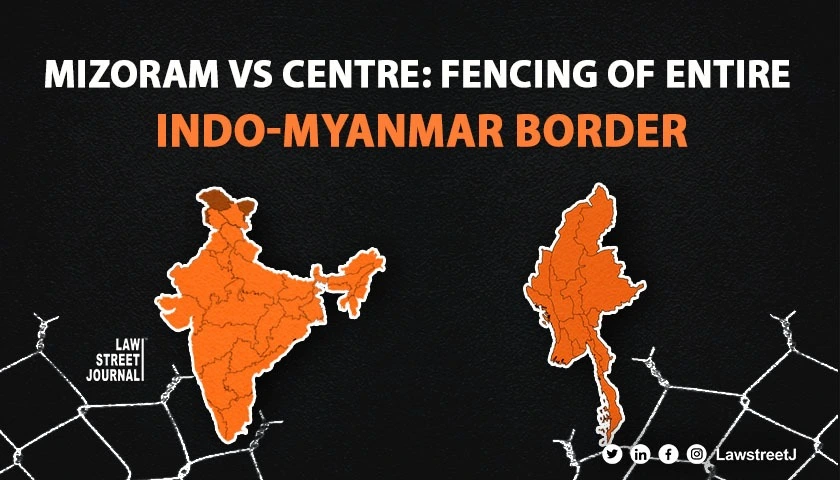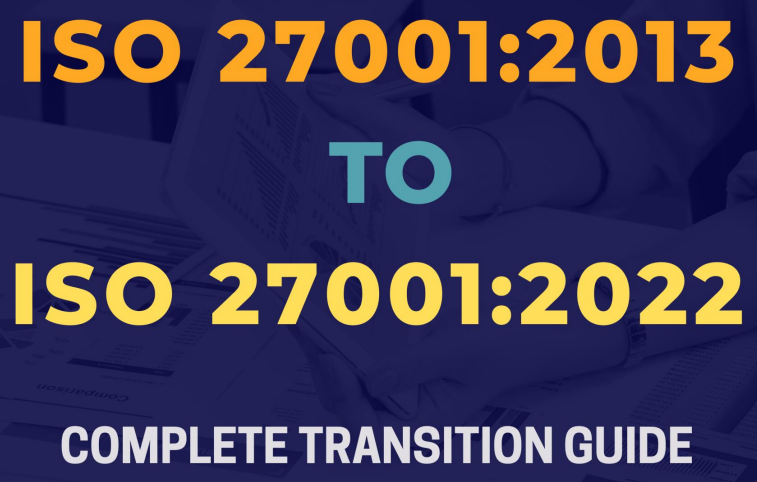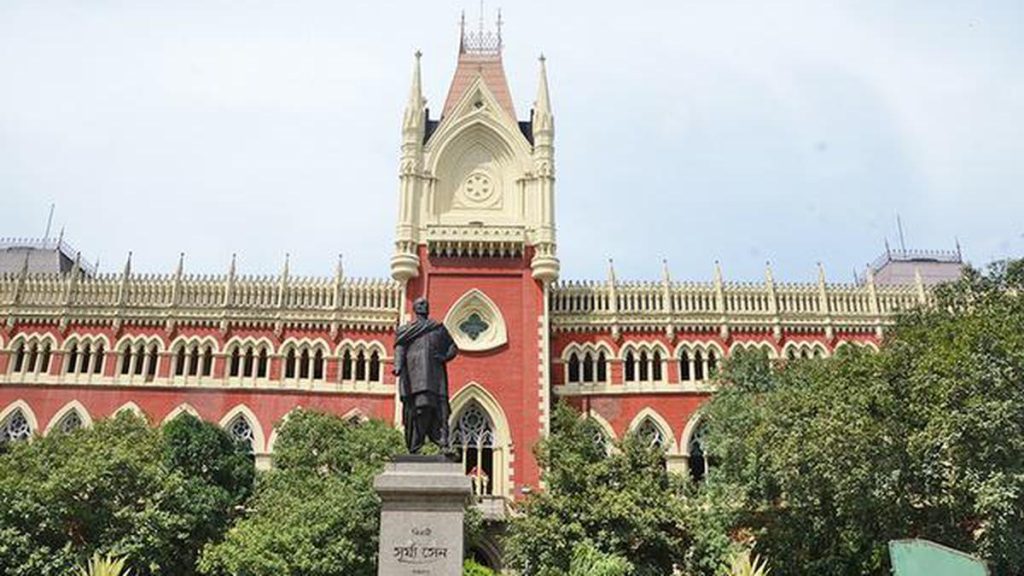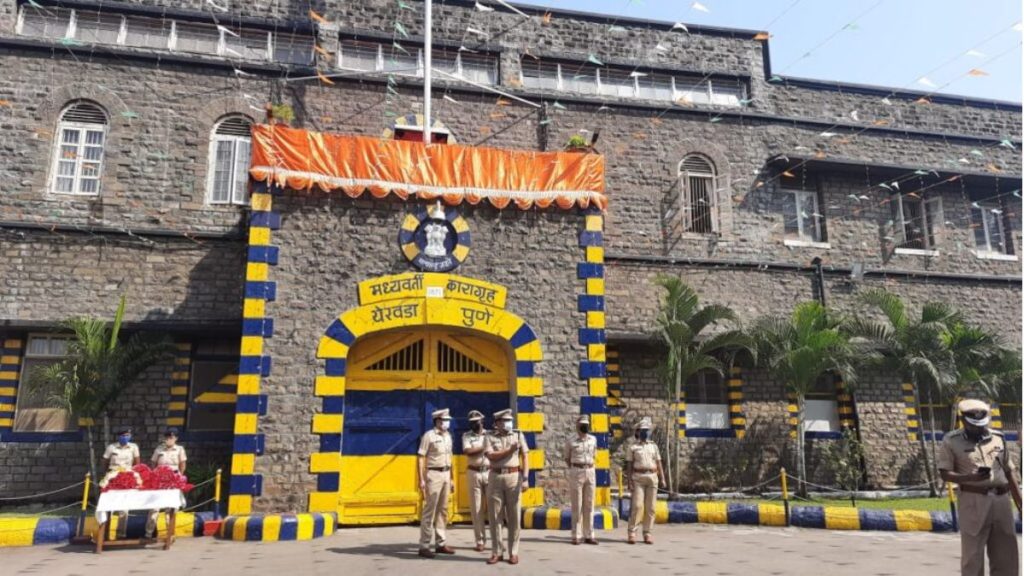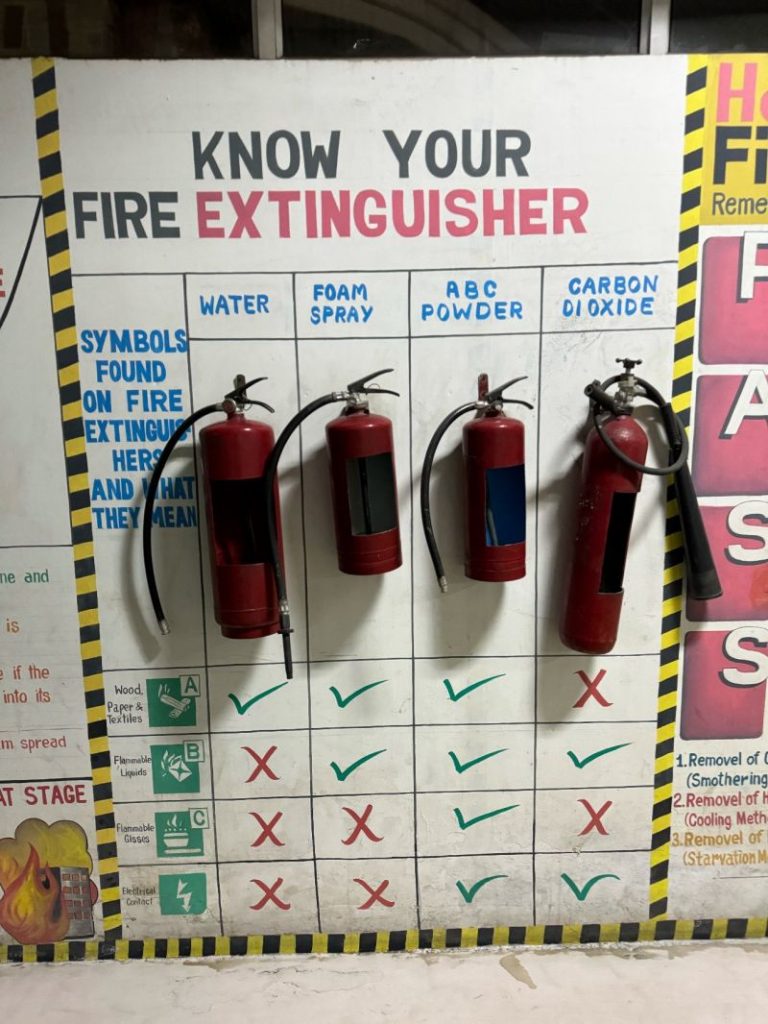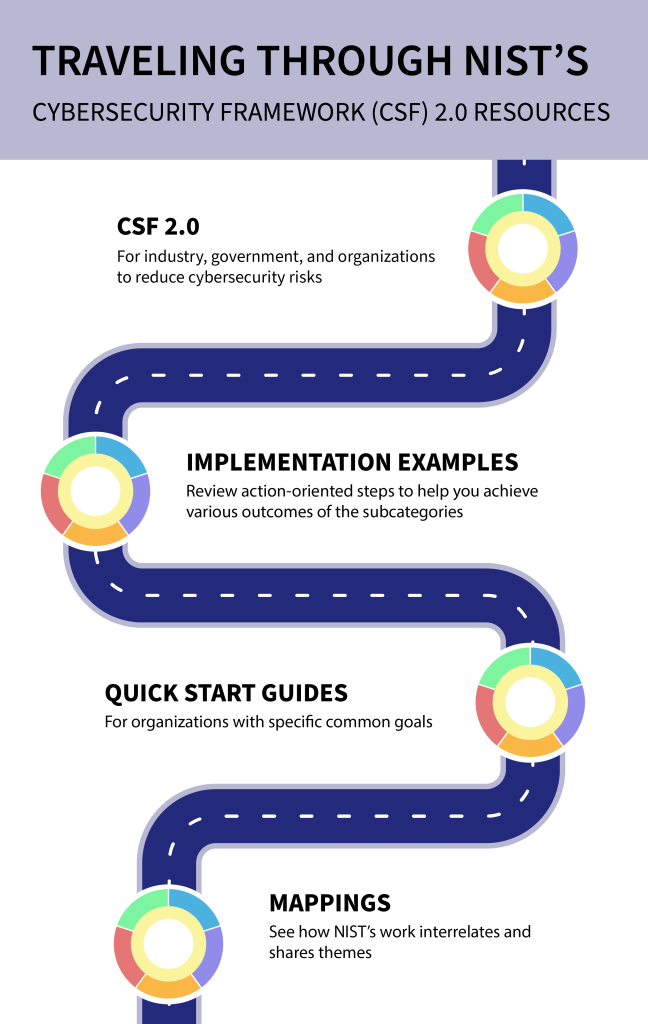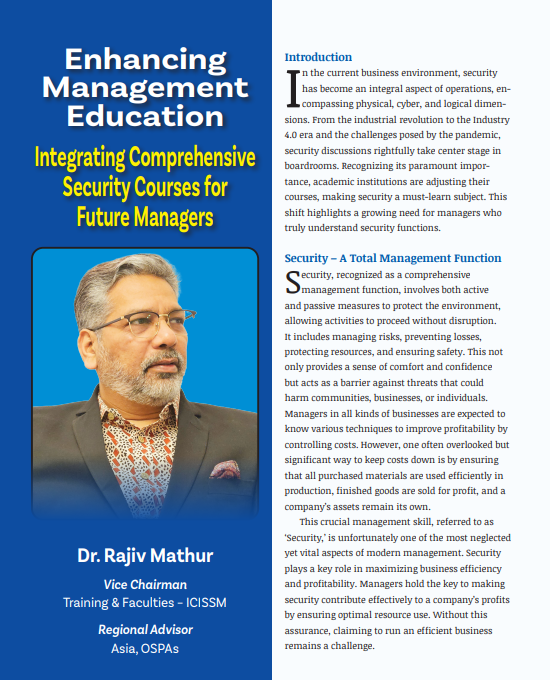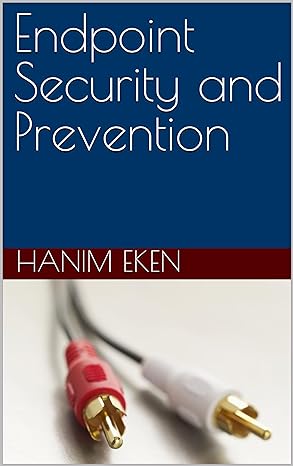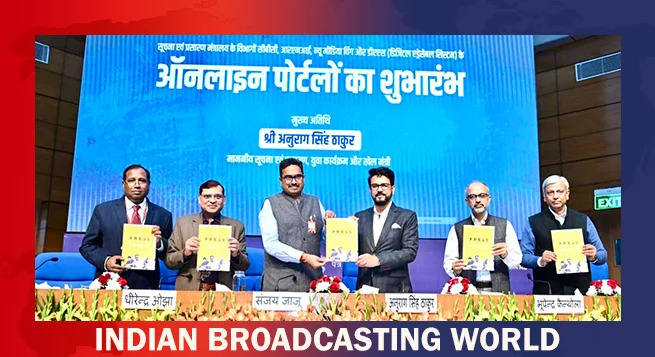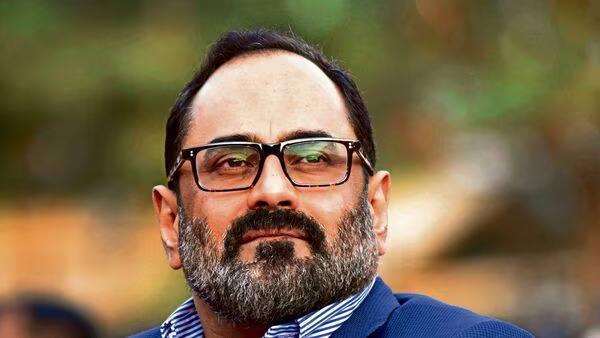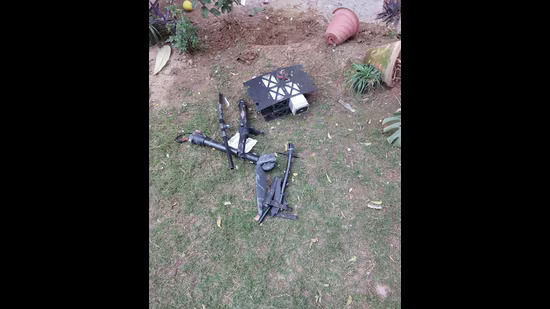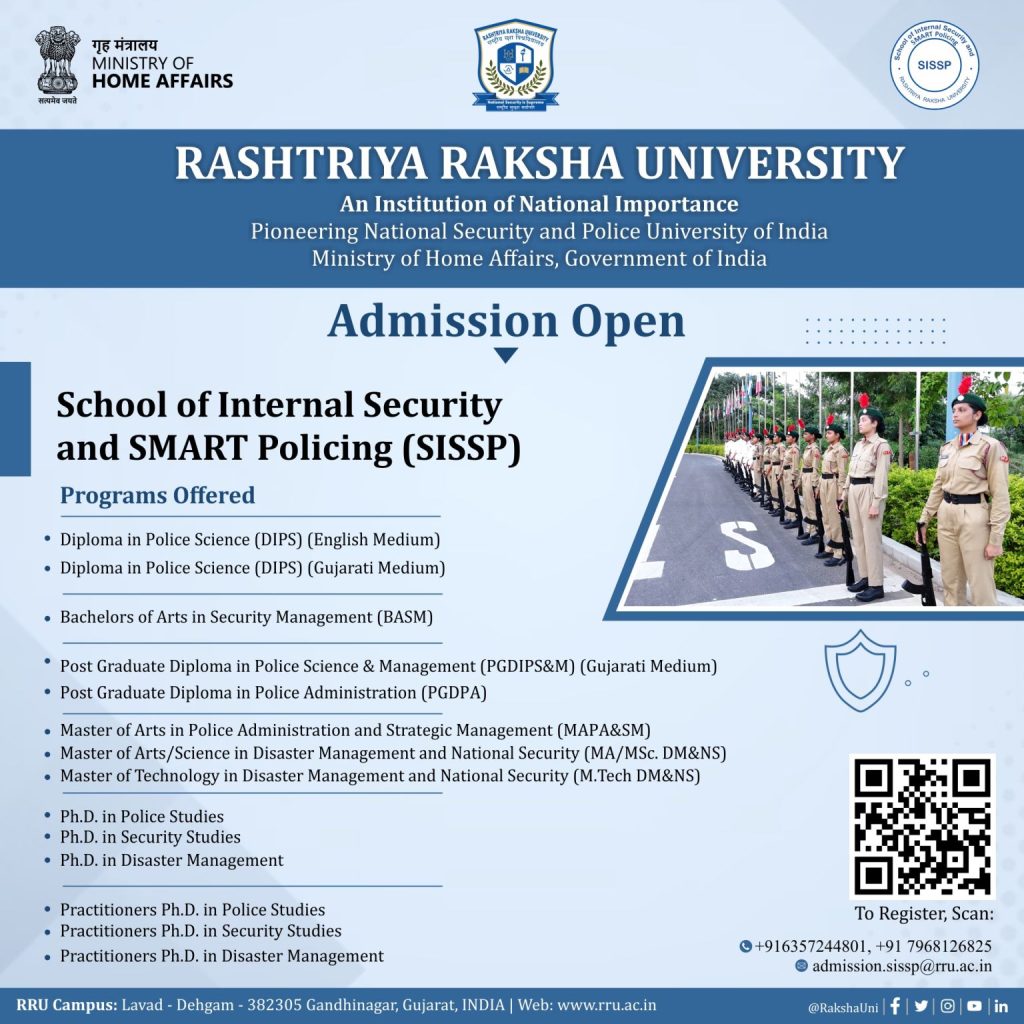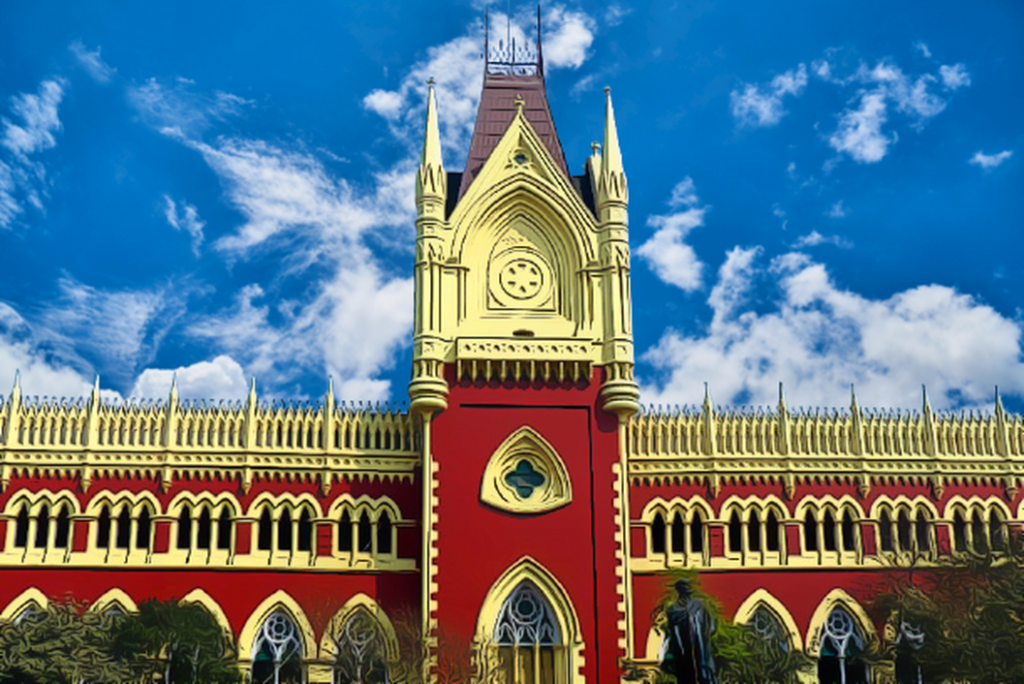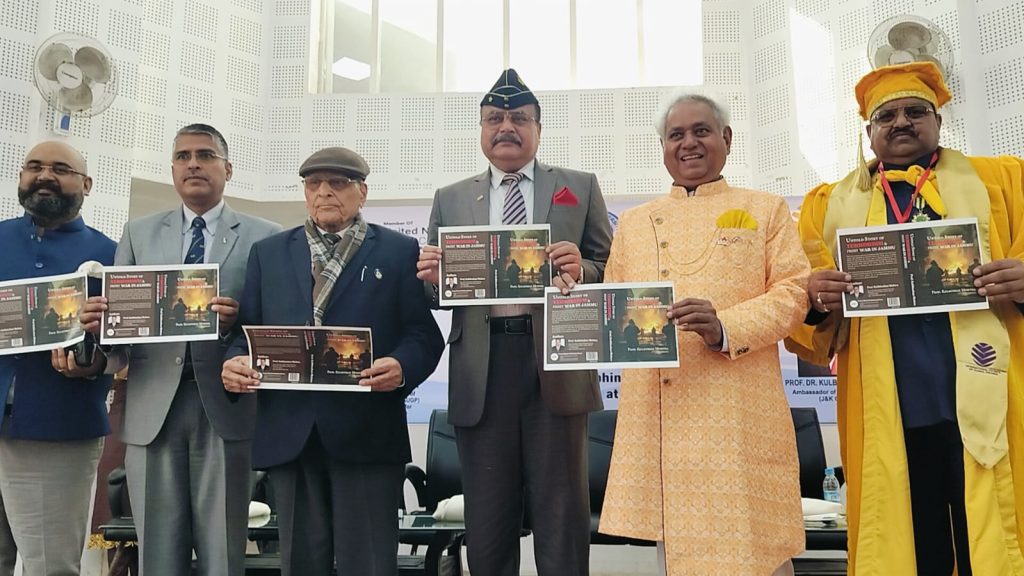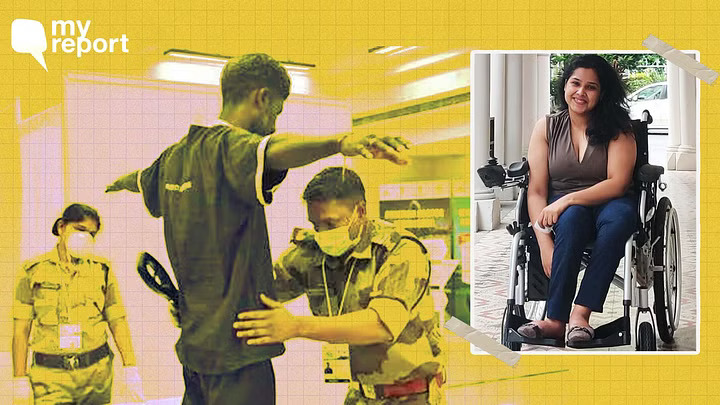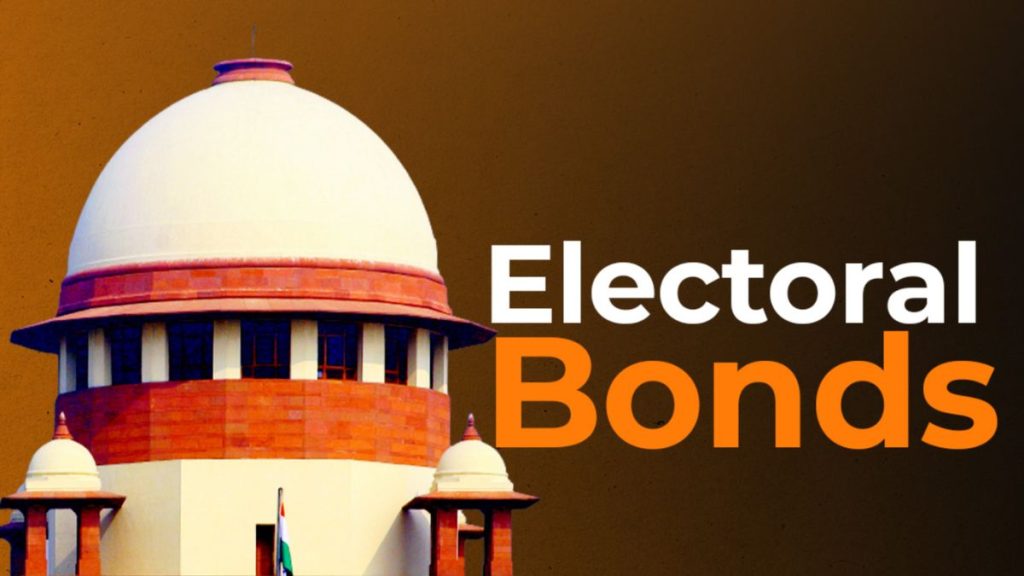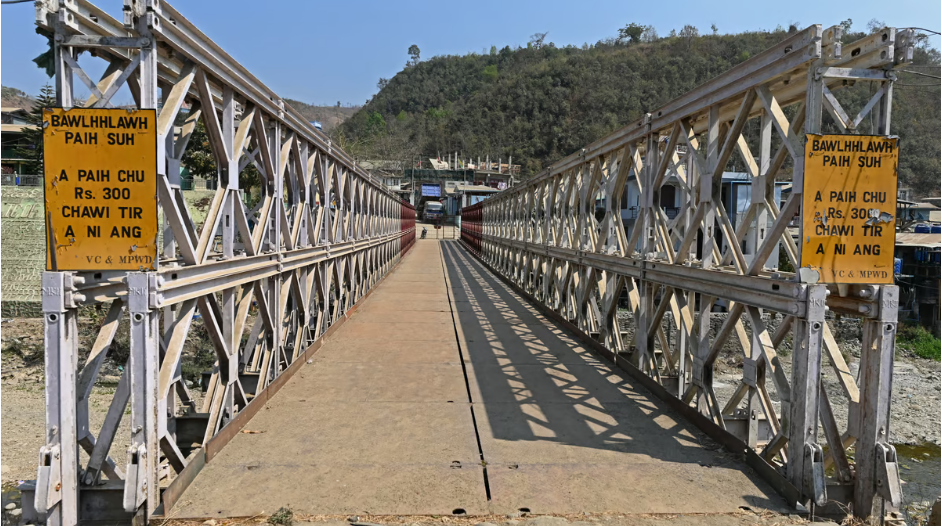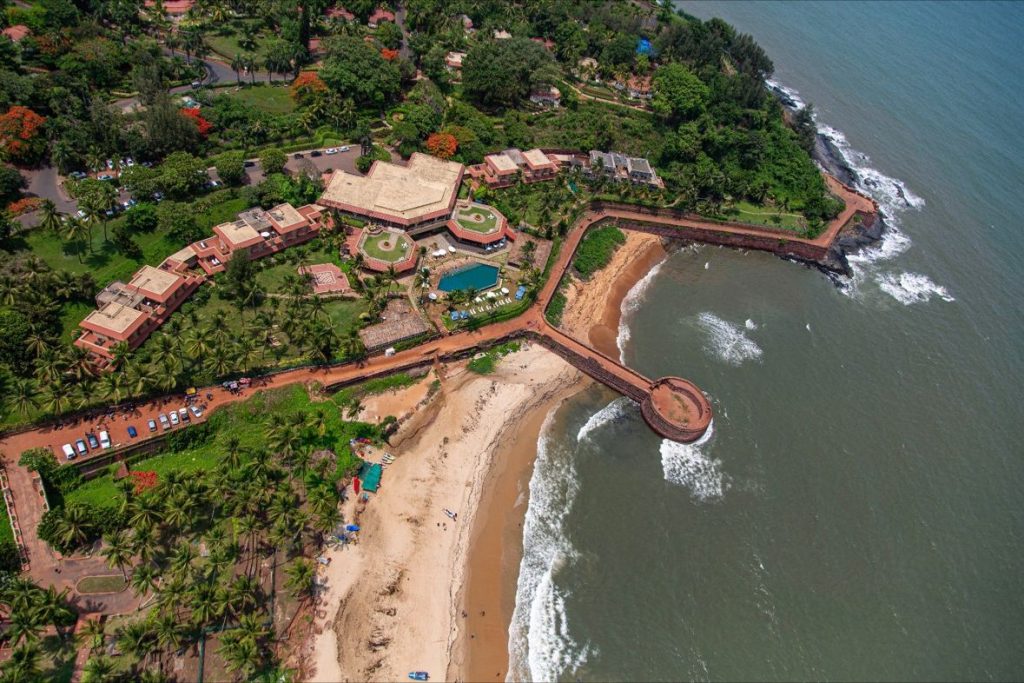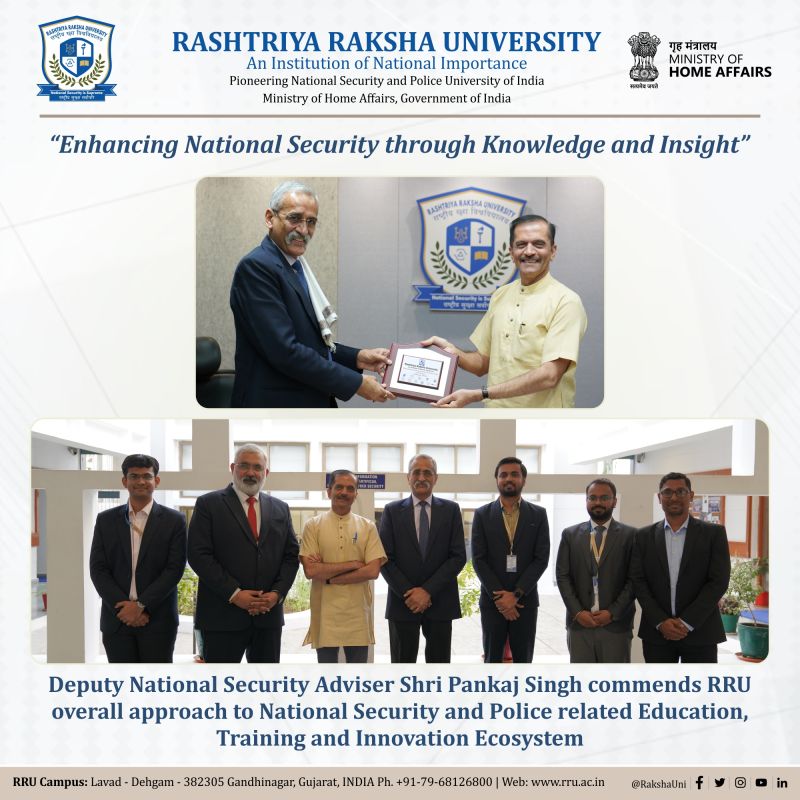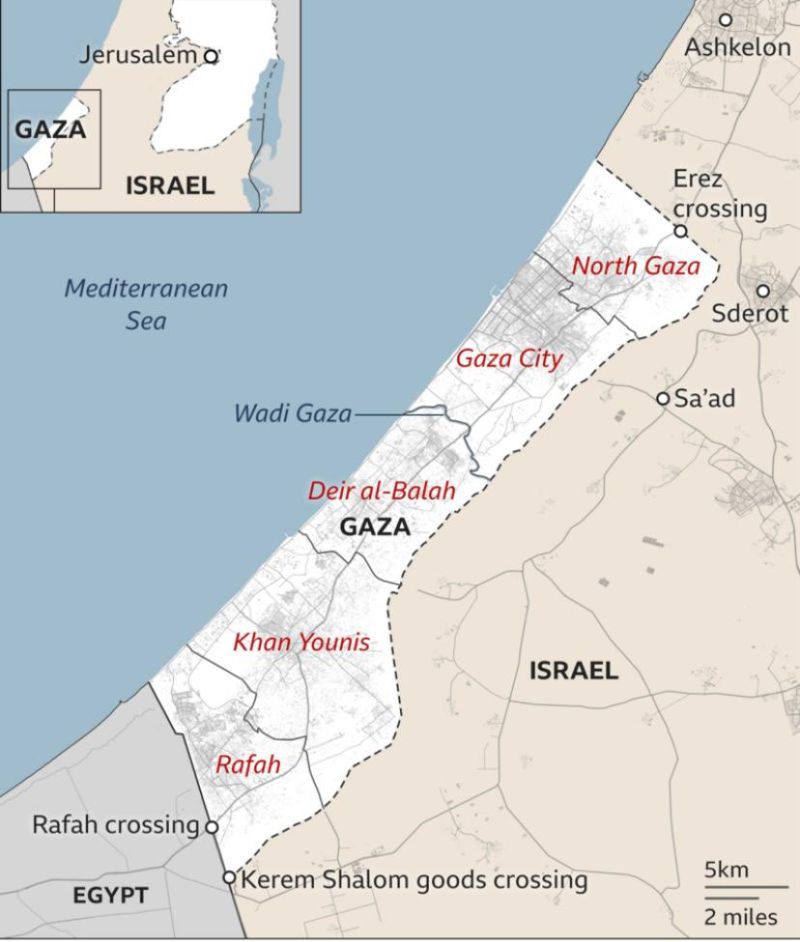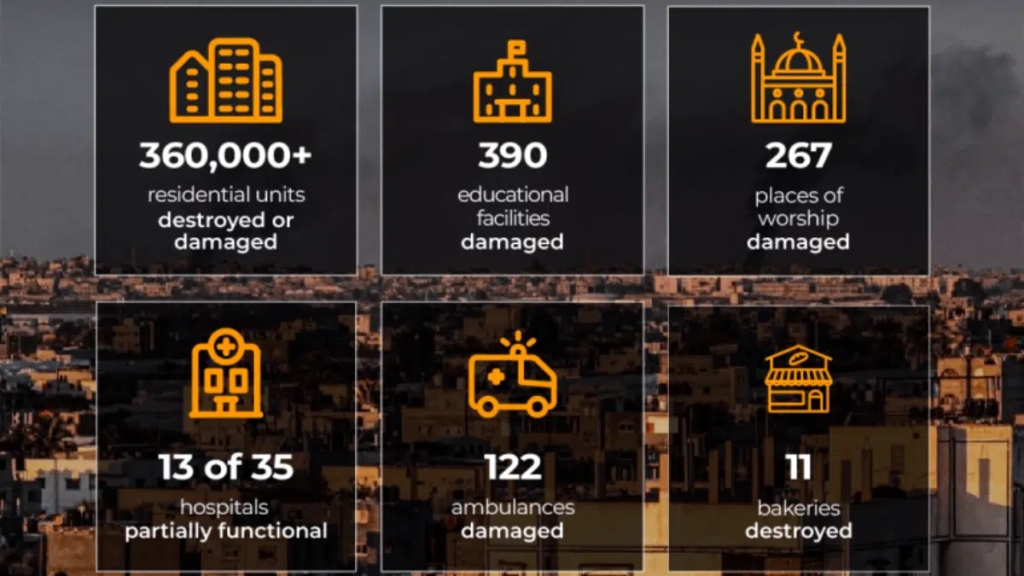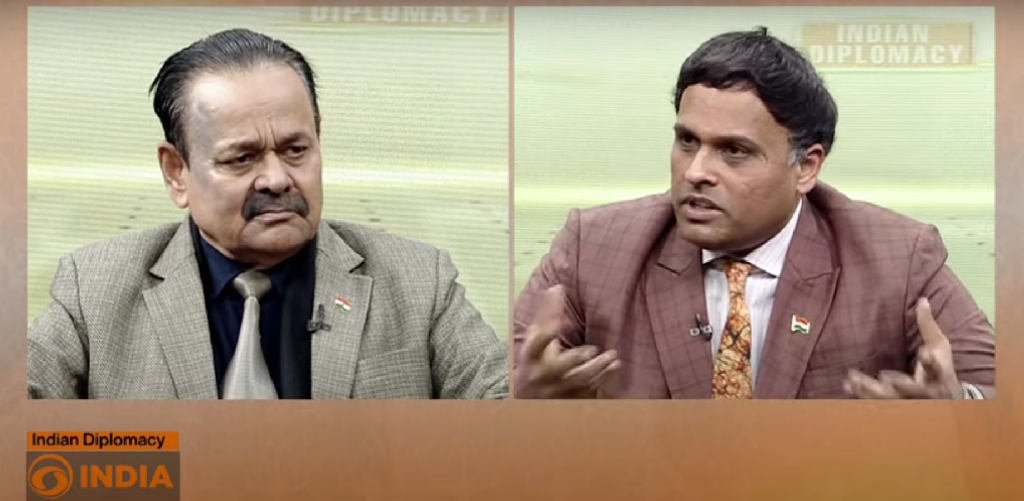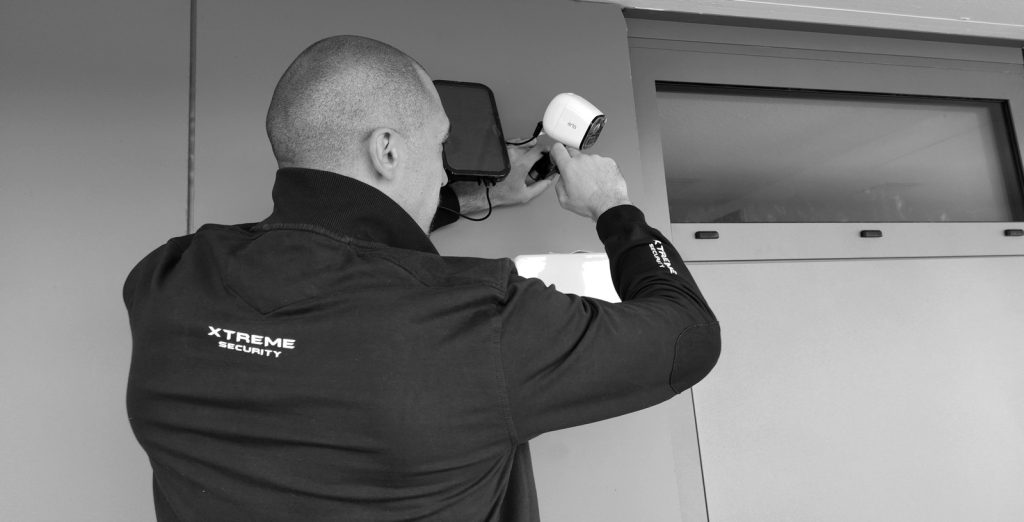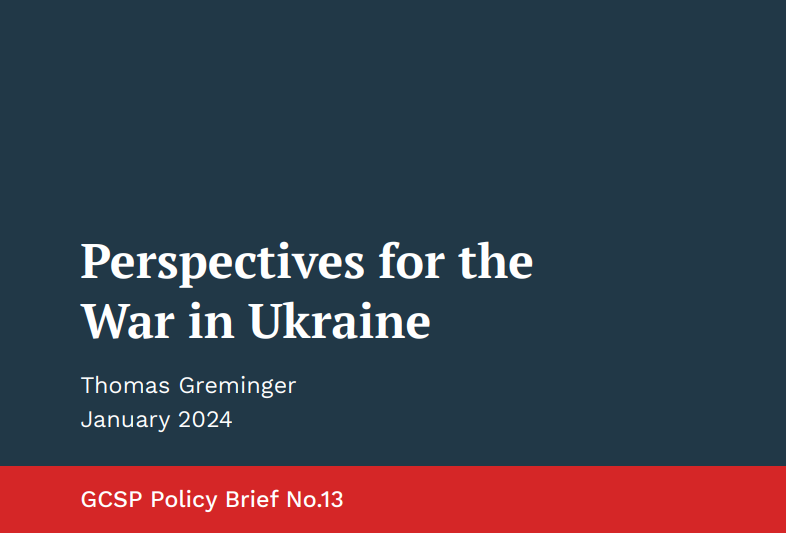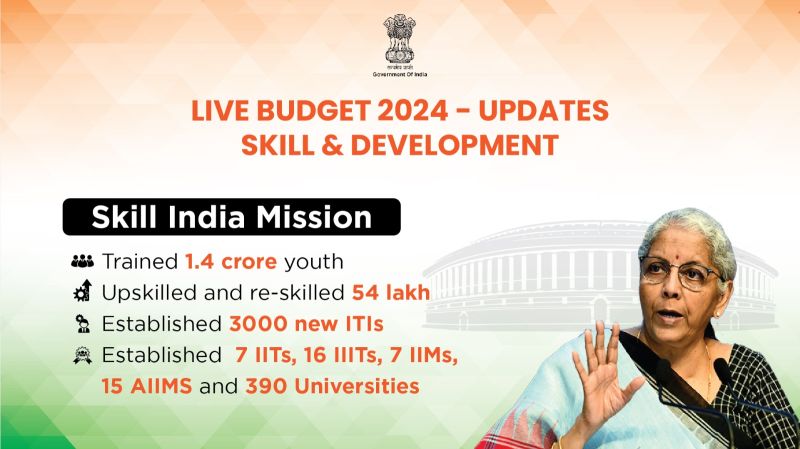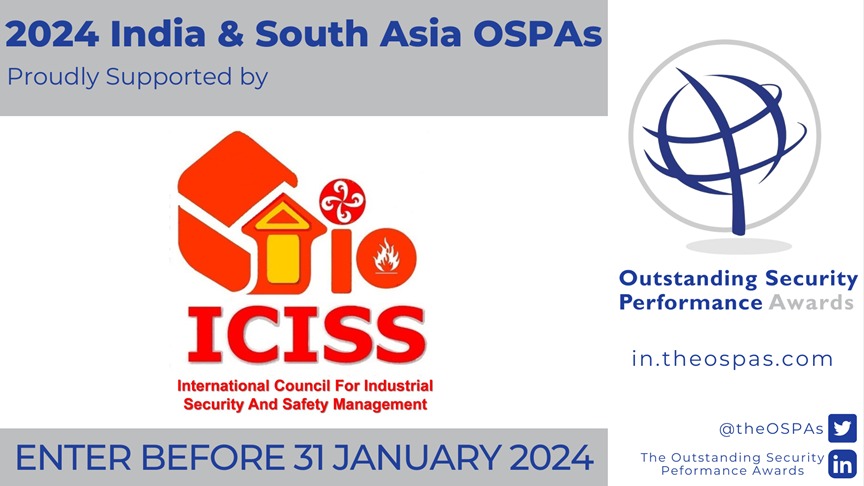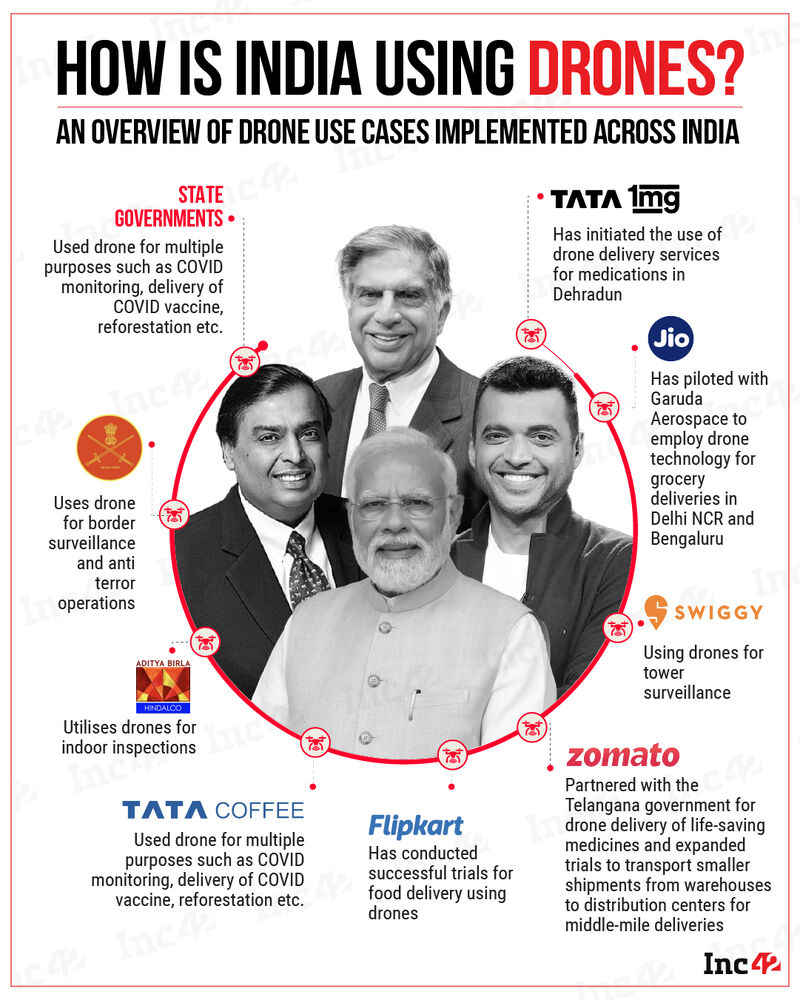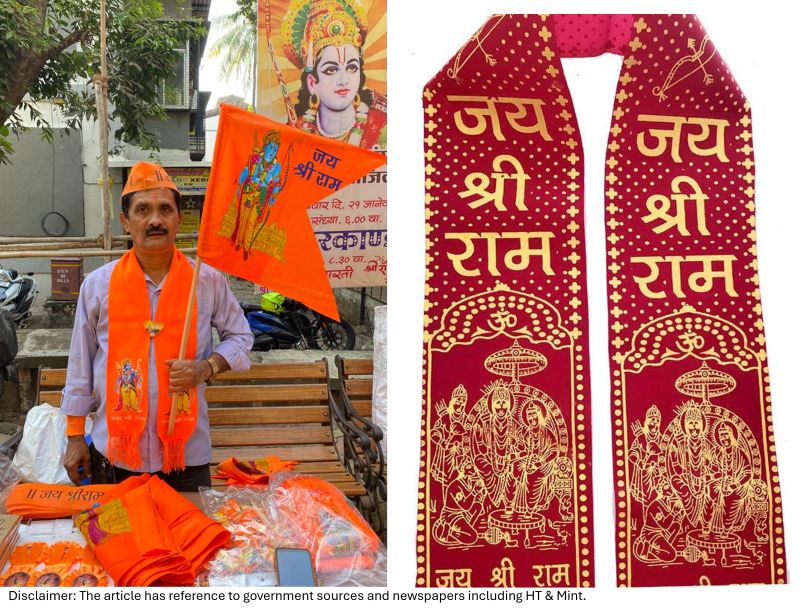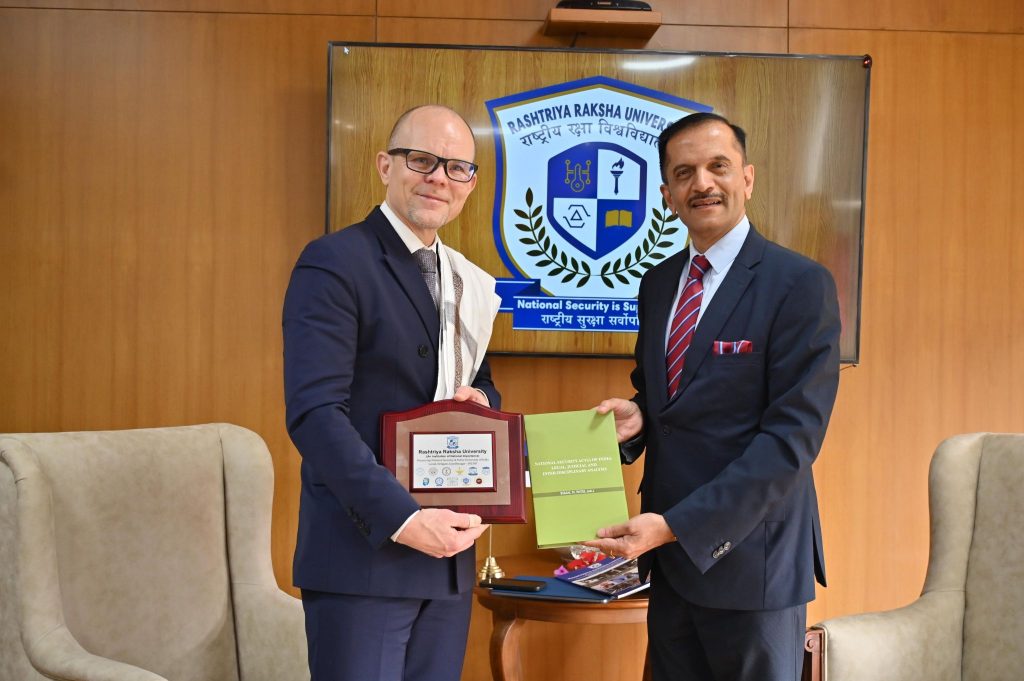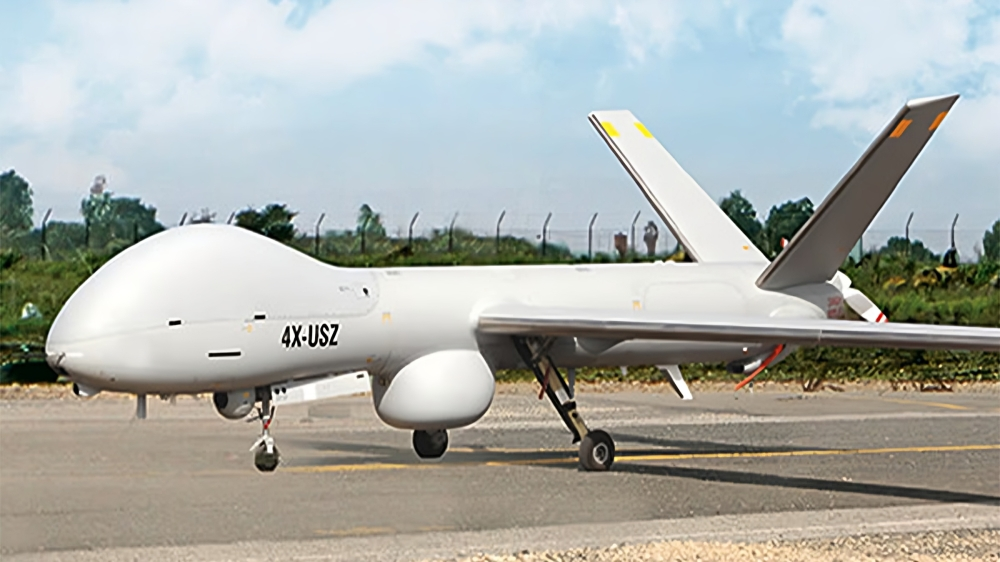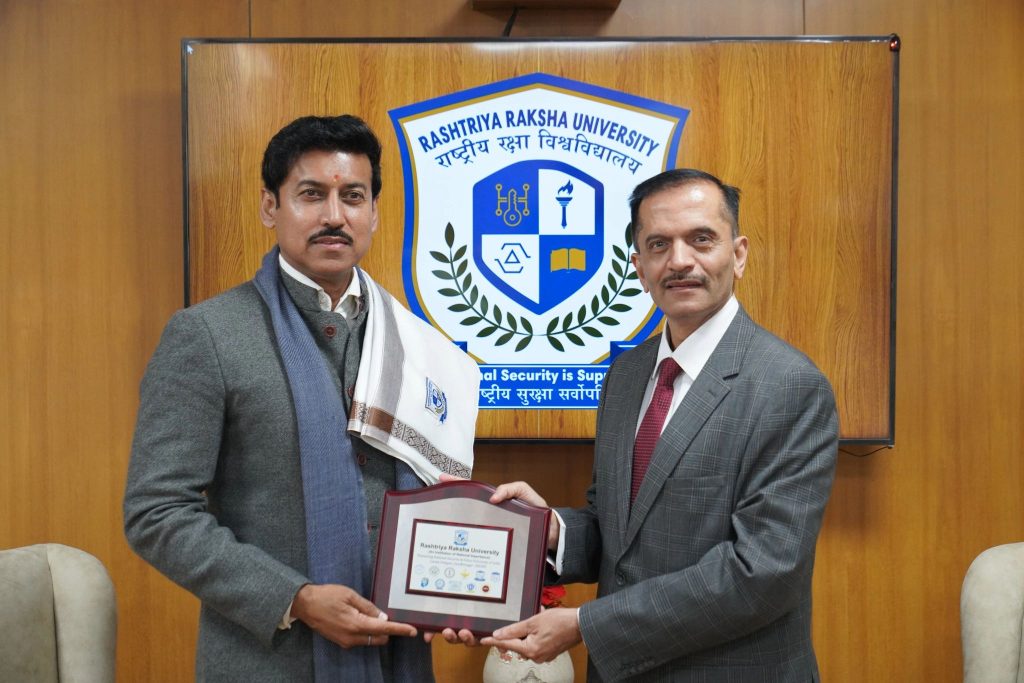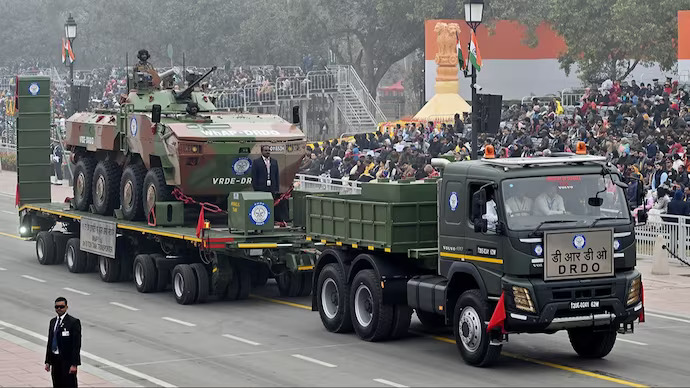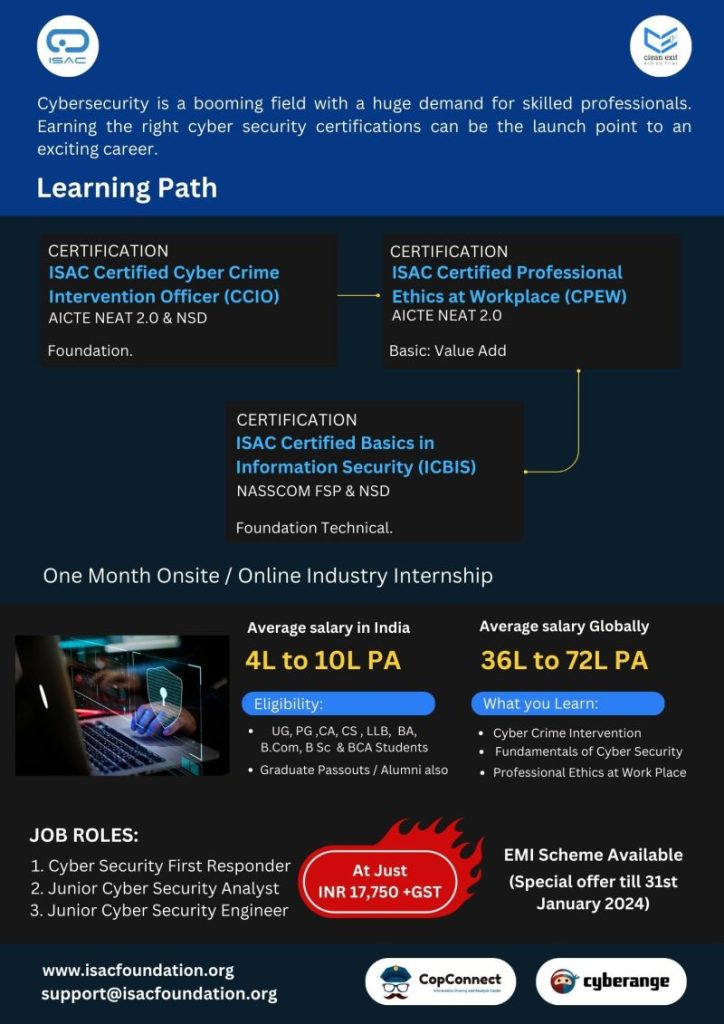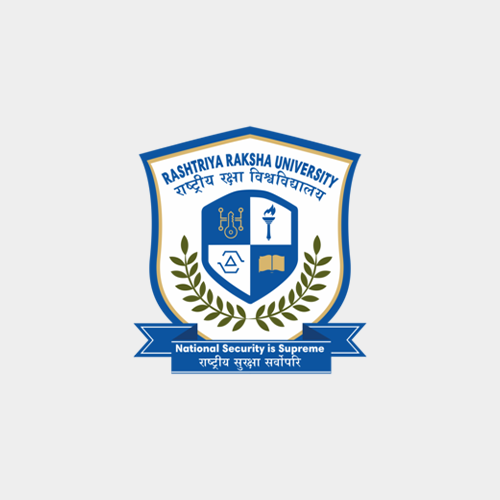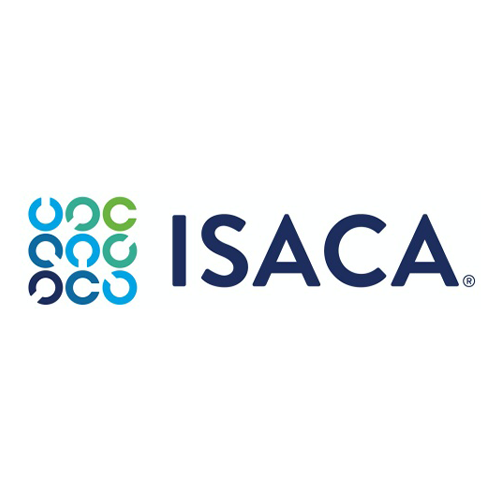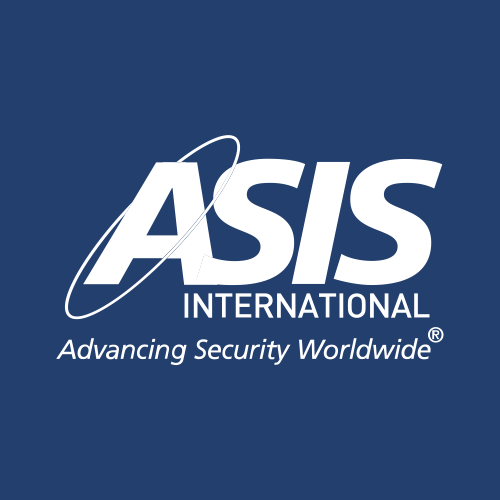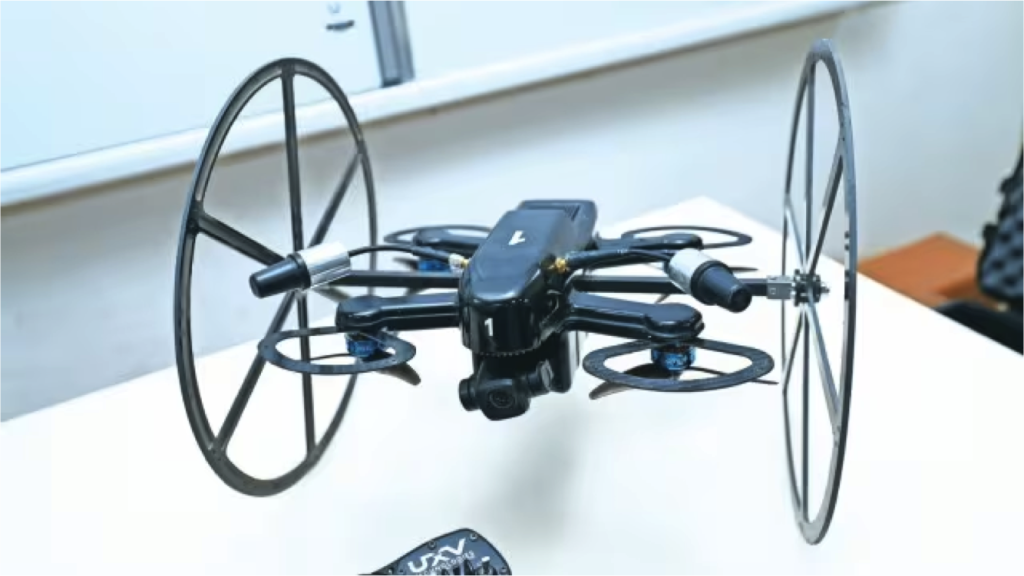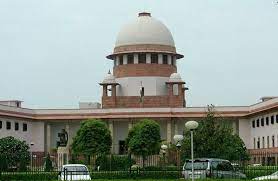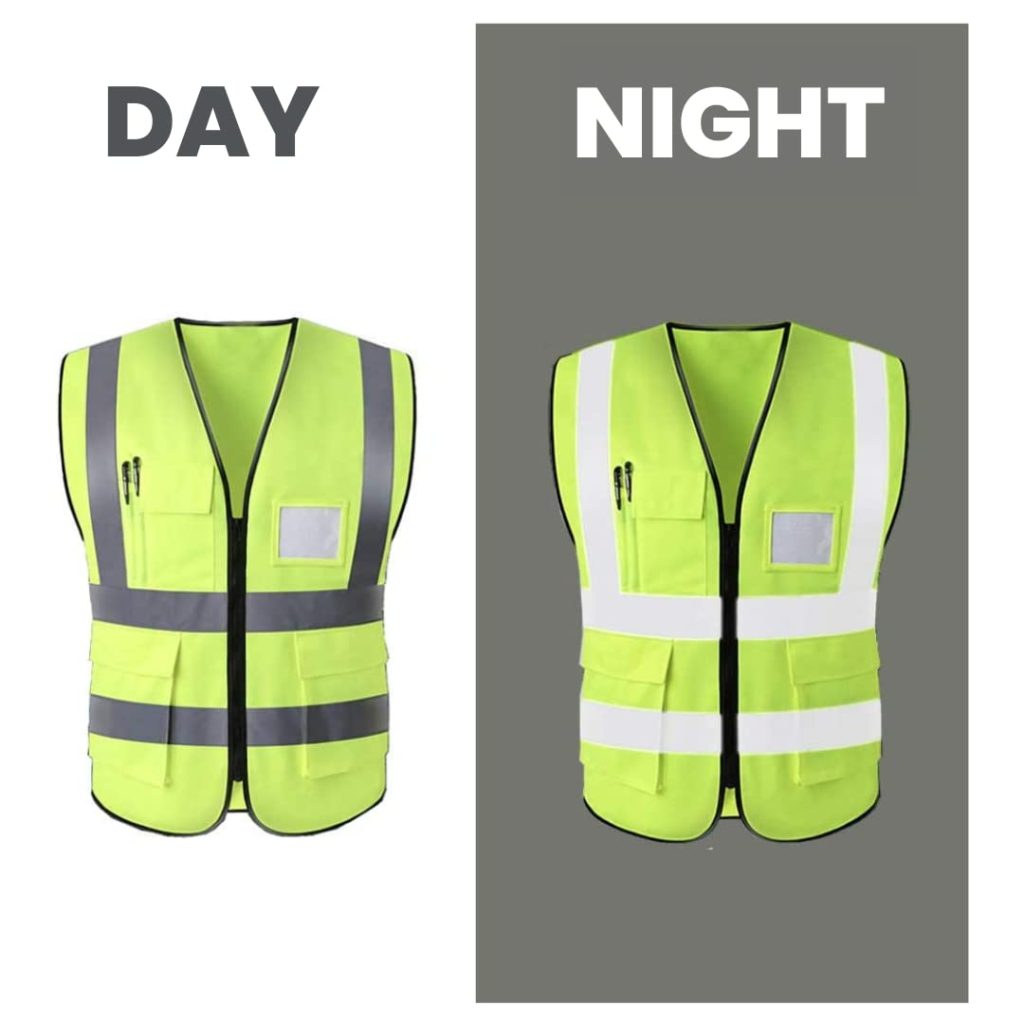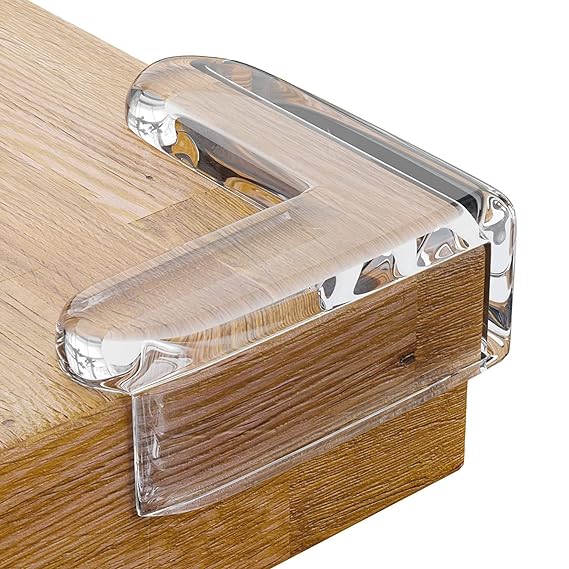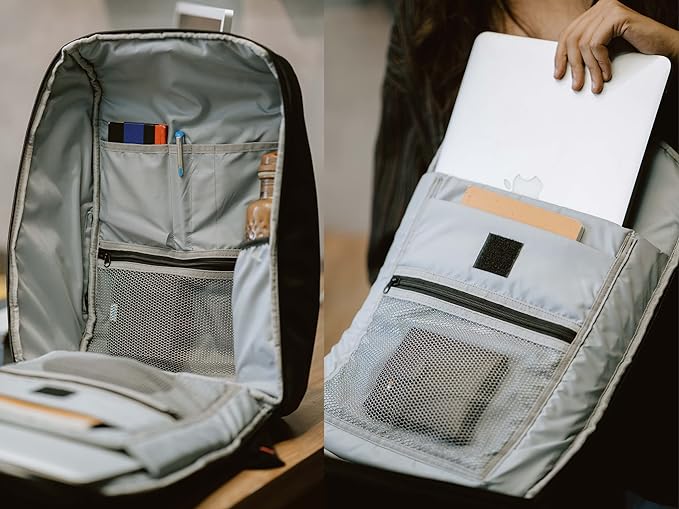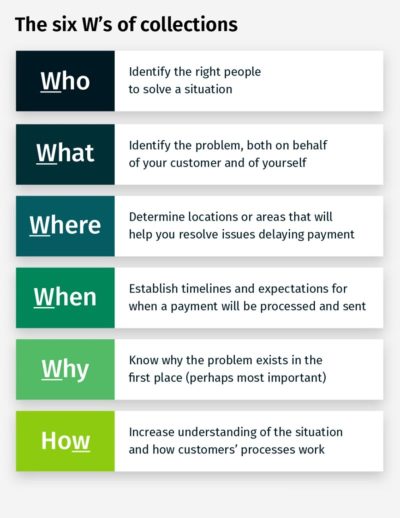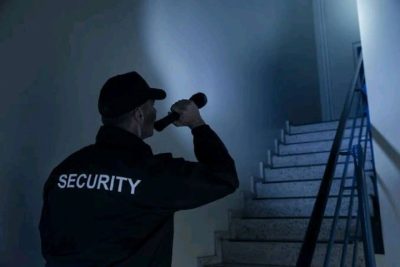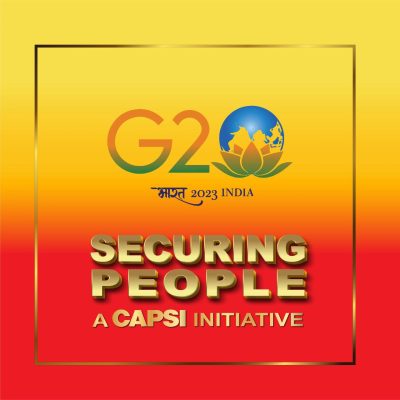SAINIK SCHOOL: A GATEWAY TO DEFENCE SERVICES
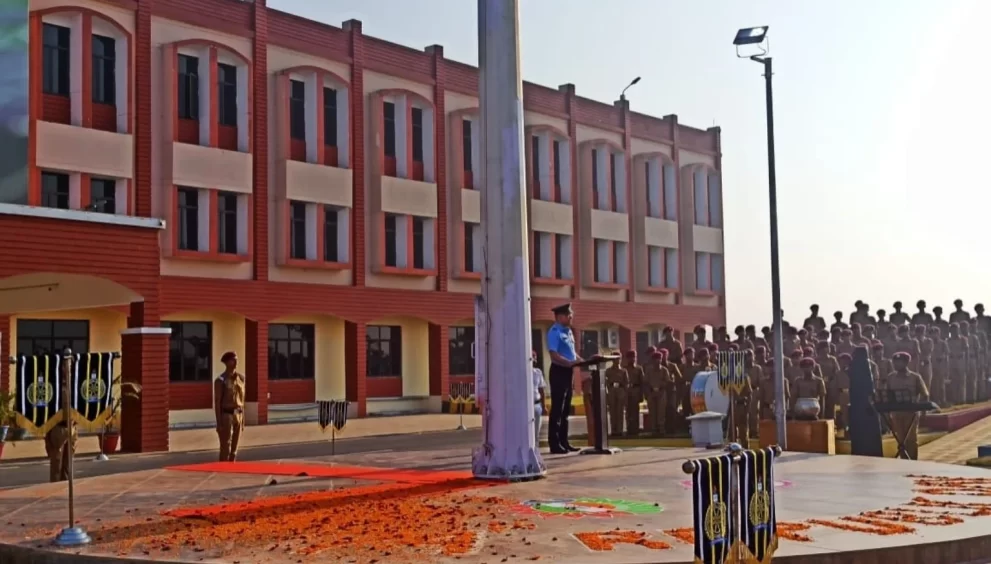
Discover your path to a career in defense services with Sainik School – India’s premier institution for military education.
INTRODUCTION
Sainik School is a system of public schools in India that aims to prepare students for a career in Defence services. The schools are established and managed by the Sainik Schools Society under the Ministry of Defence. They are affiliated to the Central Board of Secondary Education (CBSE) and follow a common curriculum and examination pattern. To get admission in Class VI or Class IX at Sainik Schools, candidates need to pass the AISSEE, which is an all-India entrance exam.
HISTORY
The idea of Sainik Schools came from V. K. Krishna Menon, who was India’s Defence Minister in 1961. He wanted to improve the diversity and quality of the Indian Military officers. He proposed to set up residential schools with a military bias in different regions of the country. The first Sainik School was established in 1961 at Satara, Maharashtra, followed by Kunjpura, Haryana in 1962. Since then, more Sainik Schools have been established across the country, with the latest one being in Amethi, Uttar Pradesh in 2020.
SAINIK SCHOOLS SOCIETY
The Sainik Schools Society is an autonomous organisation under the Ministry of Defence, which oversees the functioning and administration of the Sainik Schools. The Society is headed by a Board of Governors, chaired by the Defence Minister. The Society also has a Central Governing Council, an Executive Committee, and a Finance Committee. The Society lays down the policies and guidelines for the Sainik Schools and monitors their implementation. The Society also conducts the AISSEE and allocates funds to the Sainik Schools.
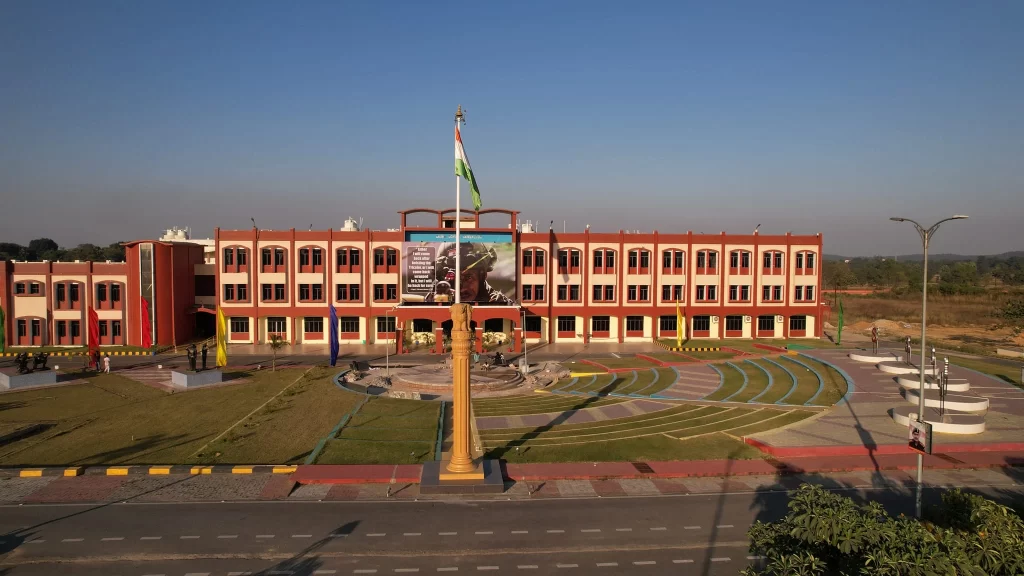
MANAGEMENT
The Sainik School Society takes care of all the things related to Sainik Schools, such as:
- Making rules and guidelines for the Sainik Schools.
- Choosing places for the new Sainik Schools based on the needs and benefits.
- Hiring principals and staff for the Sainik Schools.
- Giving Funds to the Sainik Schools for building, teaching, and other things.
- Make sure that the Sainik Schools follow the same syllabus, including academic subjects, physical fitness, and military training.
GOVERNING BODY
The Sainik-School Society is led by a Board of Governors, which has important people from the government, the military, and the education field. The board makes the big decisions, checks the work of the Sainik Schools, and gives direction to the society.
How are the Sainik Schools connected to the states?
These Schools are set up in different states in India, and each school is connected to the Sainik-School Society. The Sainik-School Society gives overall guidance to the Sainik-Schools, but the Sainik-Schools may also have some people from the state governments on their boards.
List of existing & approved Sainik Schools with their Web Addresses
SAINIK SCHOOLS IN COUNTING
Currently, 23 states and one union territory have Sainik Schools, with a total of 33 schools in the country. In addition, the Ministry of Defence has approved 35 new Sainik-Schools, which will operate in partnership with NGOs/private schools/State Governments. These approved new Sainik Schools will function under the aegis of the Sainik-Schools Society and offer admission to the Sainik-School stream of Class VI, through AISSEE 2024. The locations of these new Sainik Schools are yet to be announced.
Frequently Asked Questions (FAQs) on Admission to Approved New Sainik Schools (NSS)
ACADEMICS AND CURRICULUM
Sainik Schools follow the CBSE curriculum and offer education from Class VI to Class XII. The medium of instruction is English. The subjects taught in Sainik Schools are:
| Science | Mathematics |
| Computer Science | Social Science |
| Sanskrit | General Knowledge |
| Physical Education | Work Experience |
| Art Education | Value Education |
MILITARY TRAINING AND DISCIPLINE
Sainik Schools aim to instil a sense of discipline, patriotism, leadership, and service among the students. The students are given military training and exposure to various aspects of defence services. Besides military training the students also participate in various co-curricular and extra-curricular activities, such as:
| Military Training | Extra-curricular Activities |
| Drill | Sports and Games |
| Physical Training | Cultural Programmes |
| Obstacle Course | Debates and Quizzes |
| Weapon Training | Adventure Activities |
| Map Reading | Social Service |
| Field Craft | Educational Tours |
| First Aid | Camps and Expeditions |
| Disaster Management | Yoga |
| NCC | |
The students are divided into houses and follow a strict daily routine. The students are expected to adhere to the rules and regulations of the school and maintain high standards of discipline, conduct, and hygiene. The students are also rewarded and punished for their achievements and lapses, respectively.
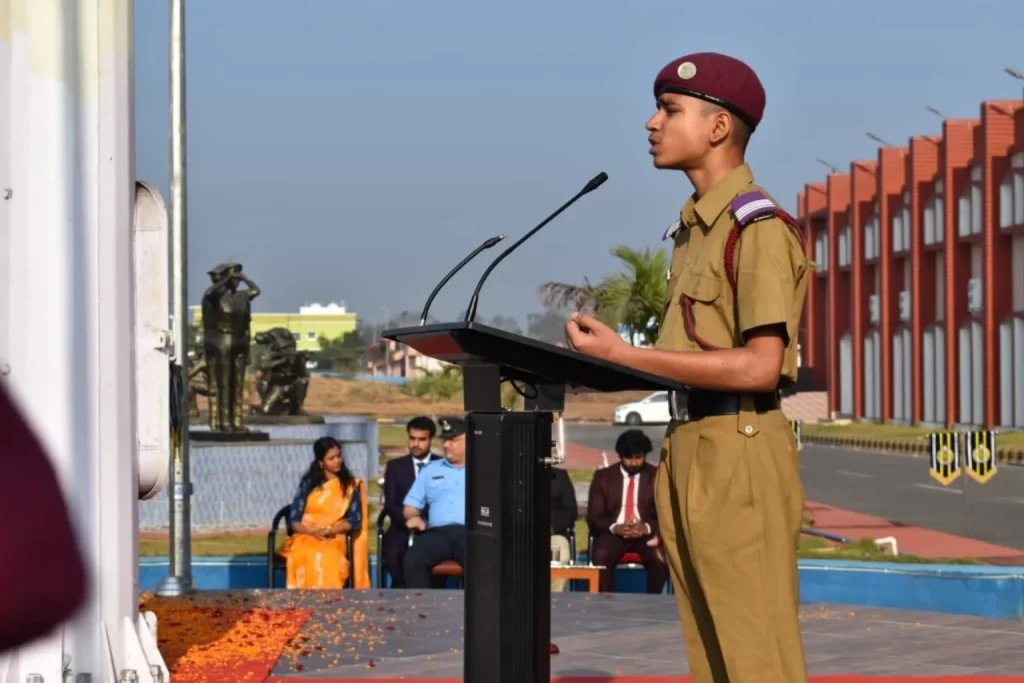
ELIGIBILITY
The eligibility criteria for admission to Sainik-Schools for both boys and Boys candidates are as follows:
- The candidates must be citizens of India.
- The candidates must have passed the previous class from a recognised school.
- The candidates must be medically fit and free from any disability or disease.
- The candidates must meet the age limit as prescribed by the Sainik-Schools Society. The age limit for admission to Class VI is 10-12 years, and for admission to Class IX is 13-15 years, as of 31 March of the year of admission.
- The candidates must belong to the domicile of the state/UT where the Sainik-School is located, or have a Defence background.
- The candidates must belong to the category for which the seats are reserved.
ADMISSION FOR GIRLS
Sainik-Schools were initially meant only for boys, but in 2018, the Ministry of Defence decided to allow admission of girls in Sainik-Schools. The first batch of girls was admitted to five Sainik-Schools, namely, Mizoram, Rajasthan, Punjab, Haryana and Uttar Pradesh, in the academic session 2018-19. Since then, more Sainik-Schools have opened their doors to girls, and as of 2020, 15 Sainik-Schools have started admitting girls.
The admission process and criteria for girls are the same as for boys, except for the reservation policy. The admission process and criteria for girls are the same as for boys, except for the reservation policy. Girls and boys have to apply online for the All-India Sainik-Schools Entrance Examination (AISSEE). Girl’s admission is preferred for class VI they can apply for Class IX admission only if there are vacant seats. The reservation policy for girls is as follows:
| Reservation Policy for Girls | Details |
| Total seats reserved for girls | 15% |
| Seats reserved for SC/ST girls | 7.5% |
| Seats reserved for general category girls | 7.5% |
| Reservation within the domicile quota | 67% |
The eligibility criteria for admission to Sainik-Schools for both boys and Boys candidates are as follows:
The candidates must be citizens of India.
The candidates must have passed the previous class from a recognised school.
The candidates must be medically fit and free from any disability or disease.
The candidates must meet the age limit as prescribed by the Sainik-Schools Society. The age limit for admission to Class VI is 10-12 years, and for admission to Class IX is 13-15 years, as of 31 March of the year of admission.
The candidates must belong to the domicile of the state/UT where the Sainik-School is located, or have a Defence background.
The candidates must belong to the category for which the seats are reserved.
ADMISSION FOR GIRLS
Sainik-Schools were initially meant only for boys, but in 2018, the Ministry of Defence decided to allow admission of girls in Sainik-Schools. The first batch of girls was admitted to five Sainik-Schools, namely, Mizoram, Rajasthan, Punjab, Haryana and Uttar Pradesh, in the academic session 2018-19. Since then, more Sainik-Schools have opened their doors to girls, and as of 2020, 15 Sainik-Schools have started admitting girls.
The admission process and criteria for girls are the same as for boys, except for the reservation policy. The admission process and criteria for girls are the same as for boys, except for the reservation policy. Girls and boys have to apply online for the All-India Sainik-Schools Entrance Examination (AISSEE). Girl’s admission is preferred for class VI they can apply for Class IX admission only if there are vacant seats. The reservation policy for girls is as follows:
Reservation Policy for Girls
Details
Total seats reserved for girls 15%
Seats reserved for SC/ST girls 7.5%
Seats reserved for general category girls 7.5%
Reservation within the domicile quota 67%
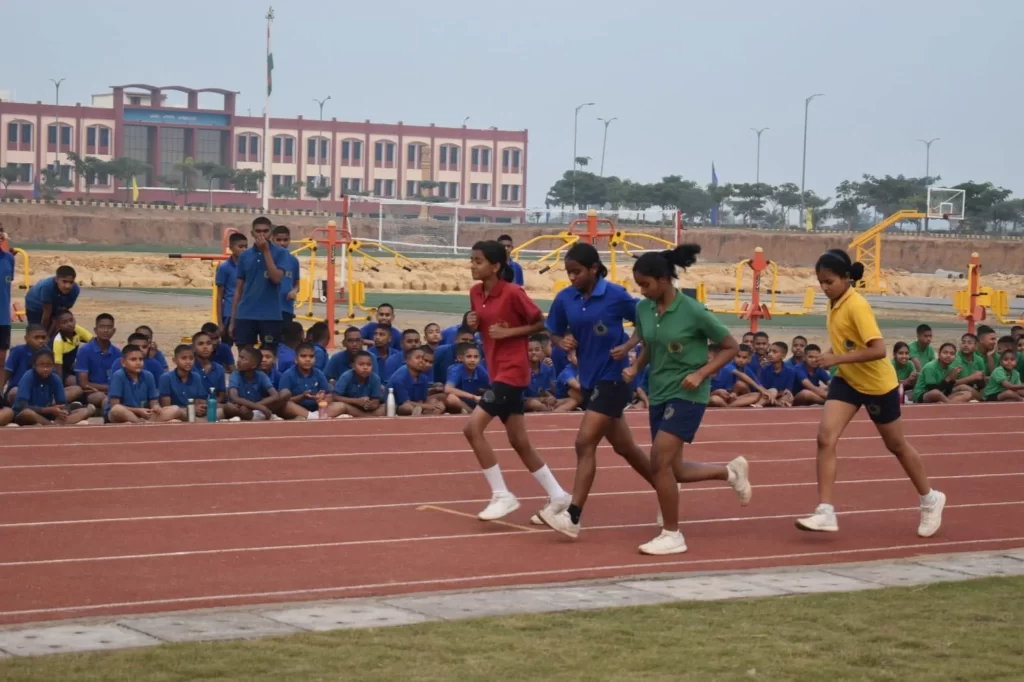
ADMISSION PROCEDURE
The Sainik-School Society helps the Sainik-Schools to work well and train students for the Defence services. The Sainik-School Society manages the admission to Sainik-Schools. The admission has three steps: an entrance exam, an interview, and a medical test. Boys from the same state as the school can apply, and some seats are for boys from other states. Candidates need to pass the AISSEE, an all-India entrance exam, to get admission in Sainik-Schools. The AISSEE is conducted by the National Testing Agency (NTA) on behalf of the Sainik-Schools Society. The AISSEE is a pen-and-paper-based test, which consists of multiple-choice questions. The AISSEE is held in January every year, at various centers across the country.
The AISSEE has two papers: Paper I and Paper II. The Exam Pattern is as follows :
| EXAM PROCEDURE | |
| Exam Name | AISSEE- All India Sainik-Schools Entrance Examination |
| Exam Conducting Body | National Testing Agency (NTA) on behalf of the Sainik-Schools Society |
| Exam Mode | Pen-and-paper based test |
| Notification of Exam | Oct / Nov every year by NTA |
| Registration website | https://exams.nta.ac.in/AISSEE/ |
| Exam Date | January every year |
| Exam Centres | Various centres across the country |
| Exam Papers | Paper I and Paper II |
| Exam Syllabus and Pattern | For Class VI: Paper I: Mathematics and Intelligence (150 marks, 2 hours) Paper II: Language and General Knowledge (100 marks, 1 hour) For Class IX: Paper I: Mathematics and Science (200 marks, 2 hours 30 minutes) Paper II: English and Social Studies (100 marks, 1 hour) |
| Medical Examination | Conducted by the Military Hospitals for the qualified candidates |
| Merit List | Prepared based on the marks obtained in the AISSEE and the medical fitness of the candidates |
| Seat Allotment | Done as per the merit, preference, category, and availability of seats |
| Admissions are Strictly Merit-based | |
Frequently Asked Questions (FAQs) AISSE
RESERVATION
This paragraph explains the seat reservation criteria for admission to Sainik Schools in India
| Reservation | Home State/UT (List A) | Other States/UT (List B) |
| Total seats | 67% of seats in each Sainik School | 33% of seats in each Sainik School |
| Scheduled Castes (SC) | 15% of total seats | 15% of total seats |
| Scheduled Tribes (ST) | 7.5% of total seats | 7.5% of total seats |
| Other Backward Classes Non-Creamy Layer (OBC-NCL) | 27% of total seats | 27% of total seats |
| Defence category | 25% of balance seats | 25% of balance seats |
| General category | Remaining balance seats | Remaining balance seats |
| Distribution of seats under Other States/UT quota | N/A | Candidates from a particular State/UT will not exceed 25% of the total vacancies in each category. Balance unutilized seats will be filled by candidates from Home State/UT in the corresponding category. |
| Distribution of seats for Girl candidates in Class VI | In each school, either 10 seats or 10% of Class VI seats (whichever is more) will be for girls from different groups. | Same as Home State/UT |
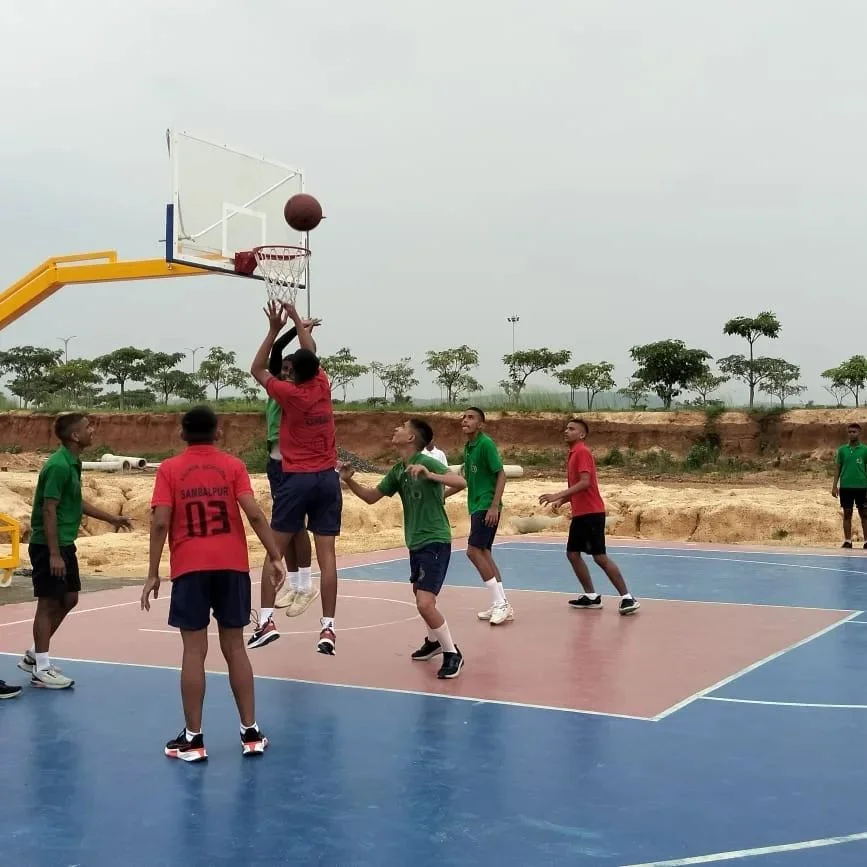
PIC CREDIT SS SBP
Click here to download AISSEE 2024 Information-Bulletin 2024 HINDI
Click Here to download AISSEE 2024 Information-Bulletin 2024 English
FEE BREAKUP
The fee structure for Sainik Schools varies from school to school, depending on the location, facilities, and expenditure. The fees include tuition fees, boarding fees, clothing fees, pocket money, incidental charges, and caution money. The fee is payable in advance, either annually or biannually, as per the school’s norms. The fee is subject to revision from time to time.
The Sainik Schools also provide scholarships and fee concessions to deserving and needy students, based on their merit, category, and income. The scholarships and fee concessions are granted by the respective state/UT governments, the Ministry of Defence, and the Sainik-Schools Society. The details of the scholarships and fee concessions are available on the websites of the Sainik-Schools.
Click here to download Fee Structure
CONCLUSION
Sainik Schools are prestigious institutions that provide quality education and military training to students who aspire to join the Defence services. Sainik Schools nurture the students’ physical, mental, and moral development and prepare them for the challenges of life. Sainik-Schools are a boon for the nation, as they produce brave and patriotic citizens who serve the country with honour and pride.
Read More about Army Welfare Education Society (AWES)

 Member Login
Member Login 